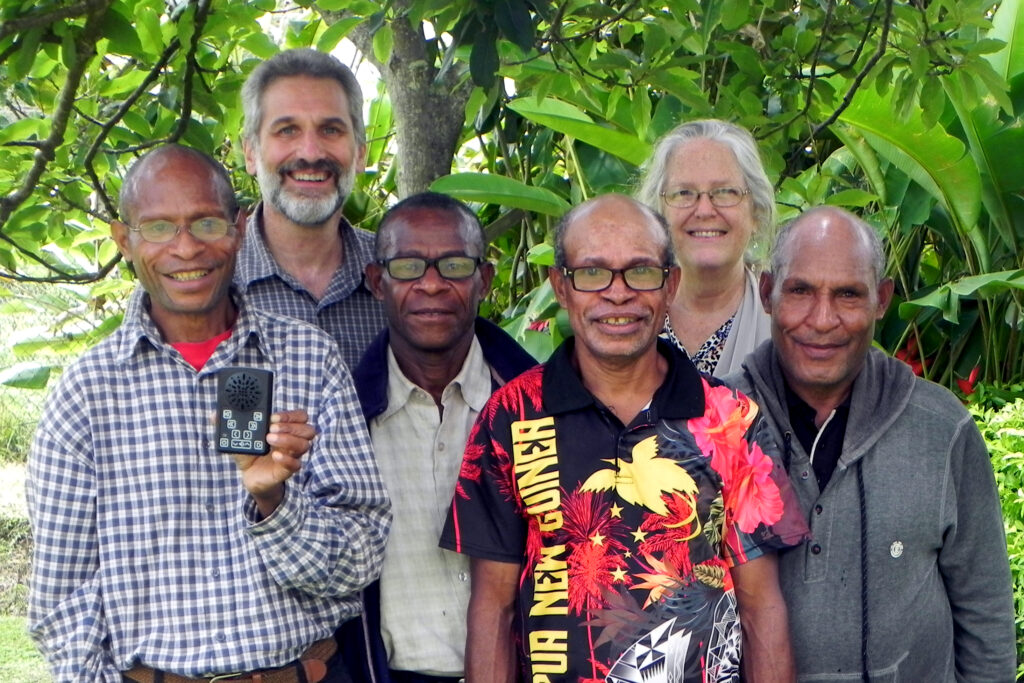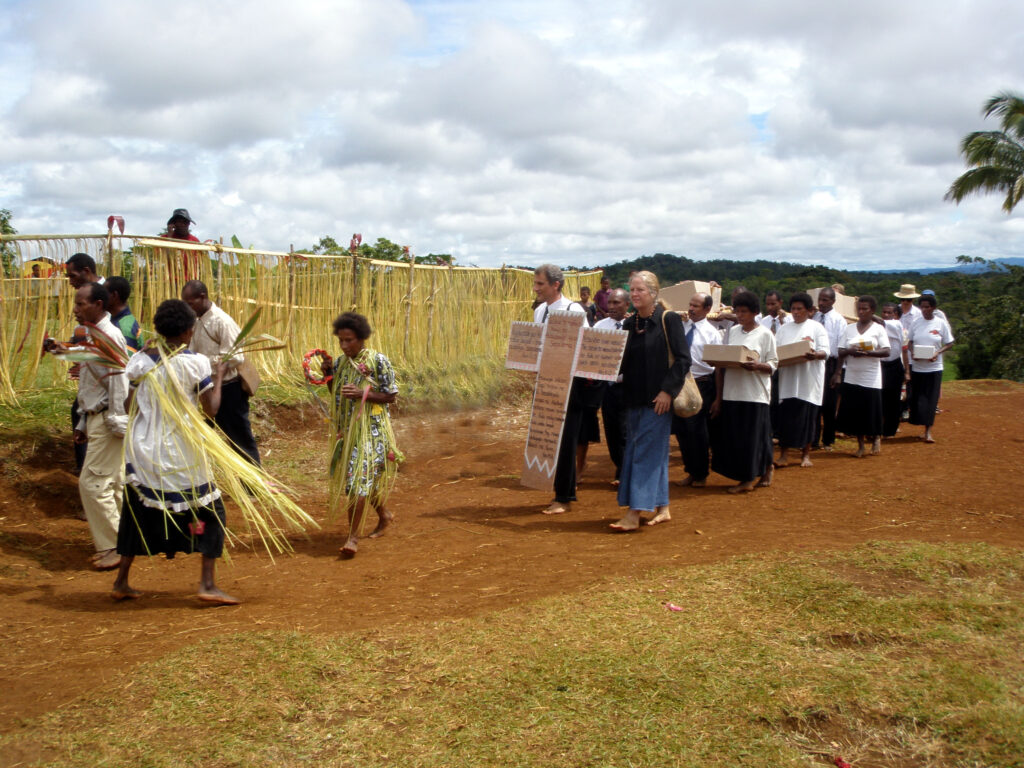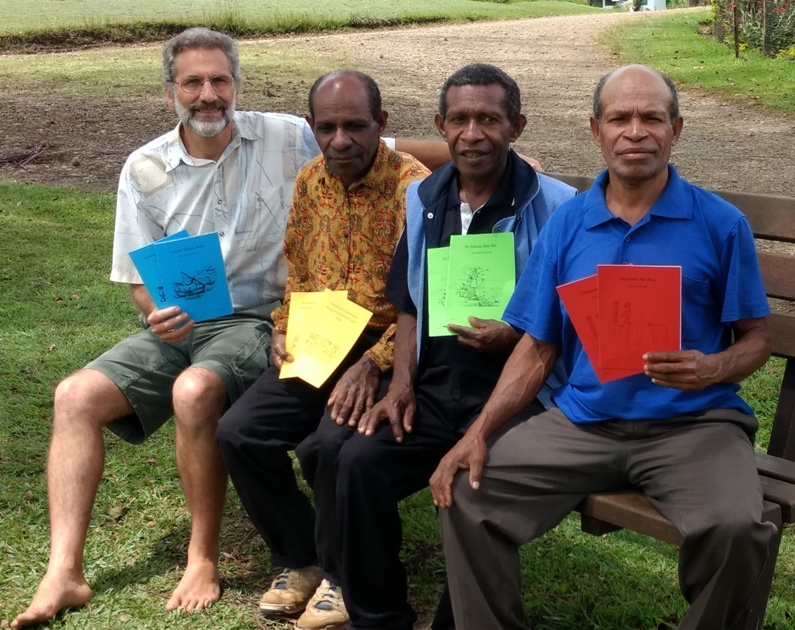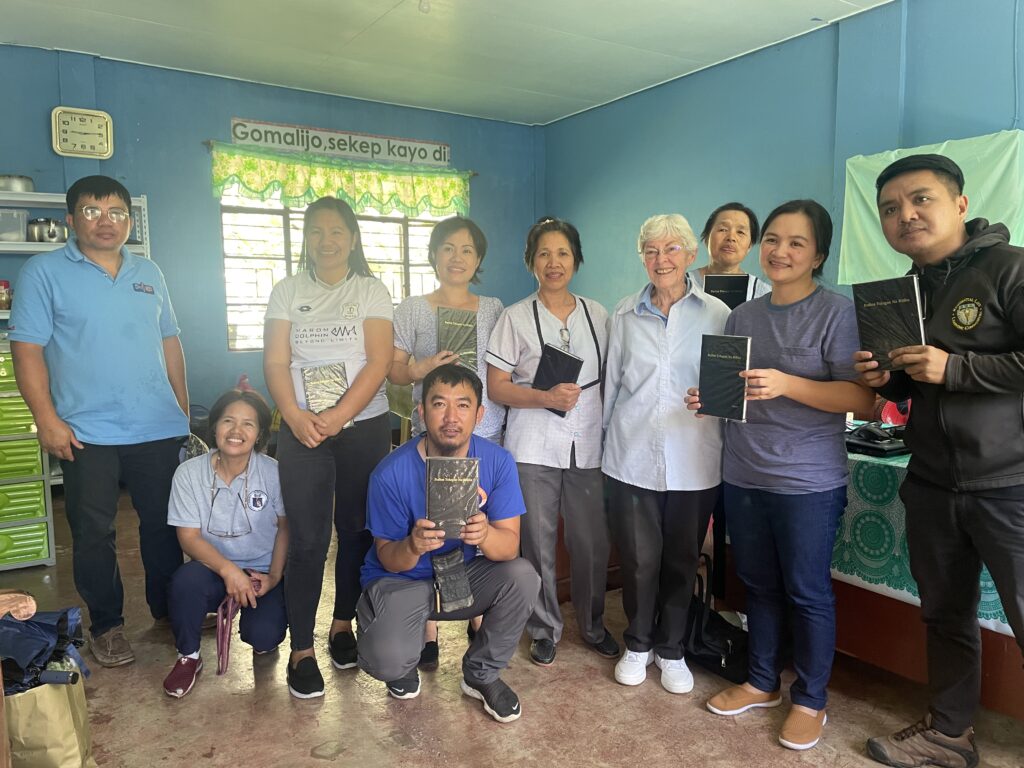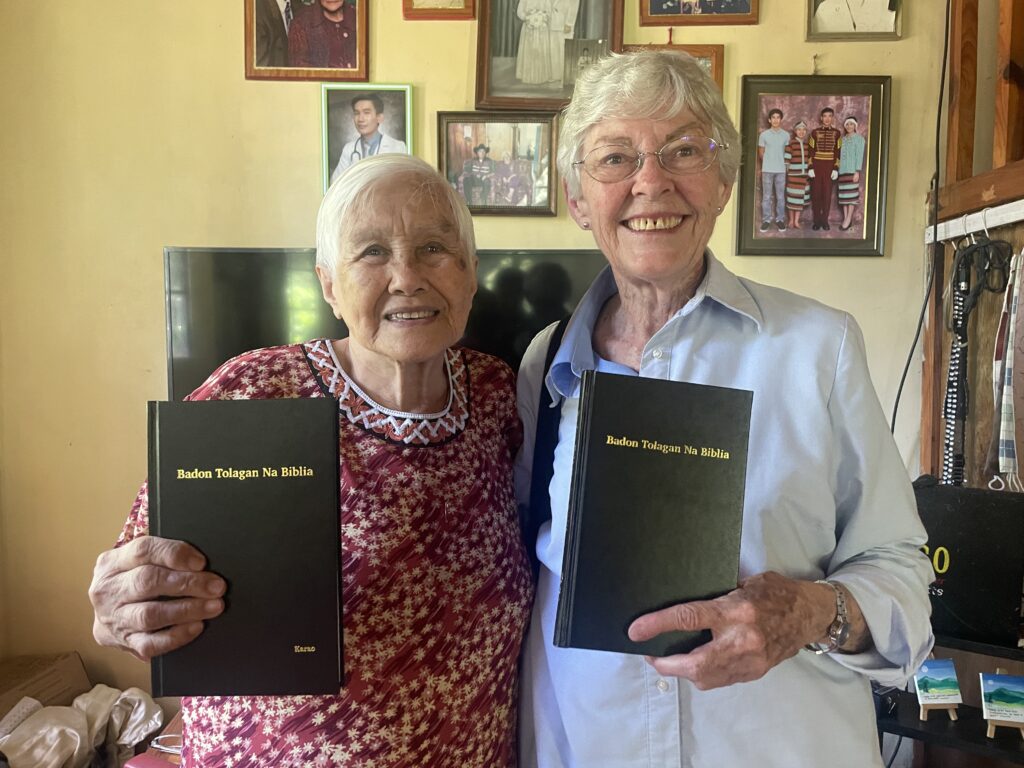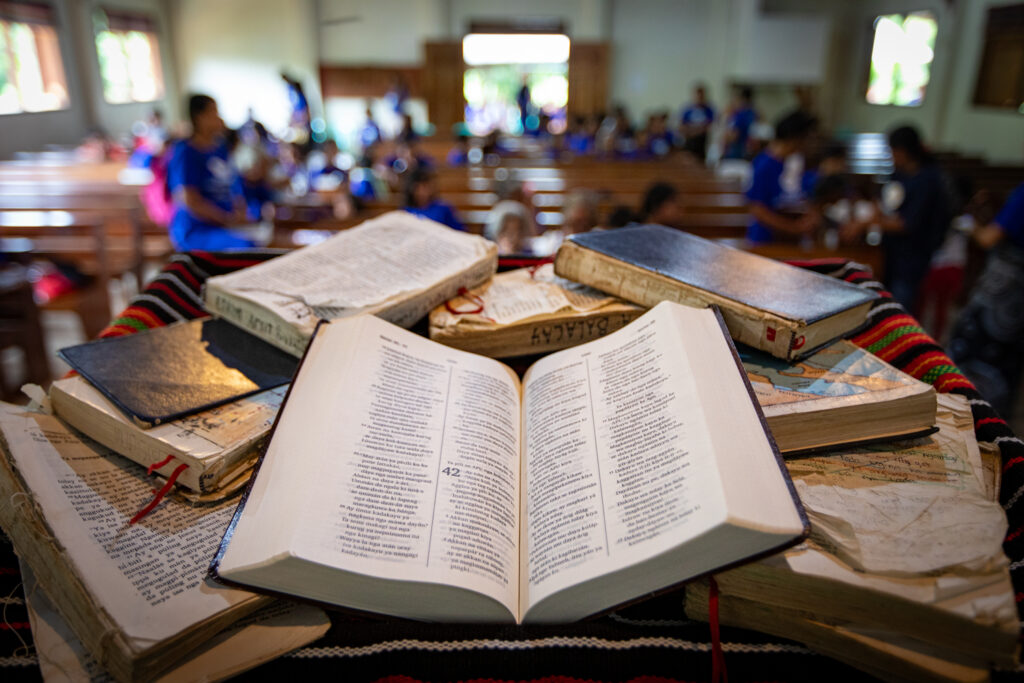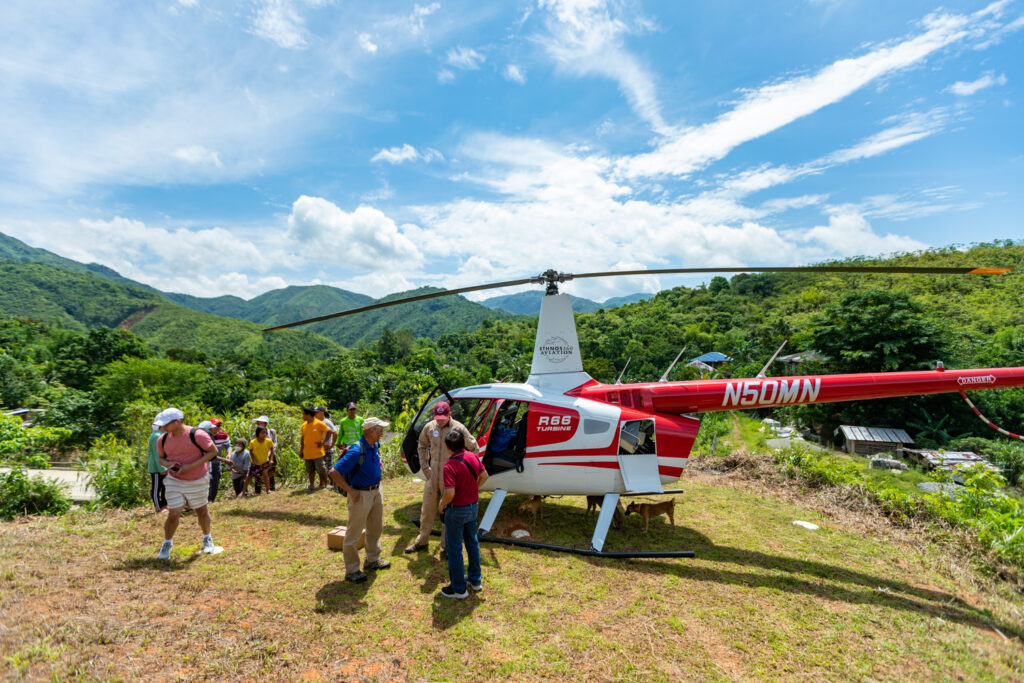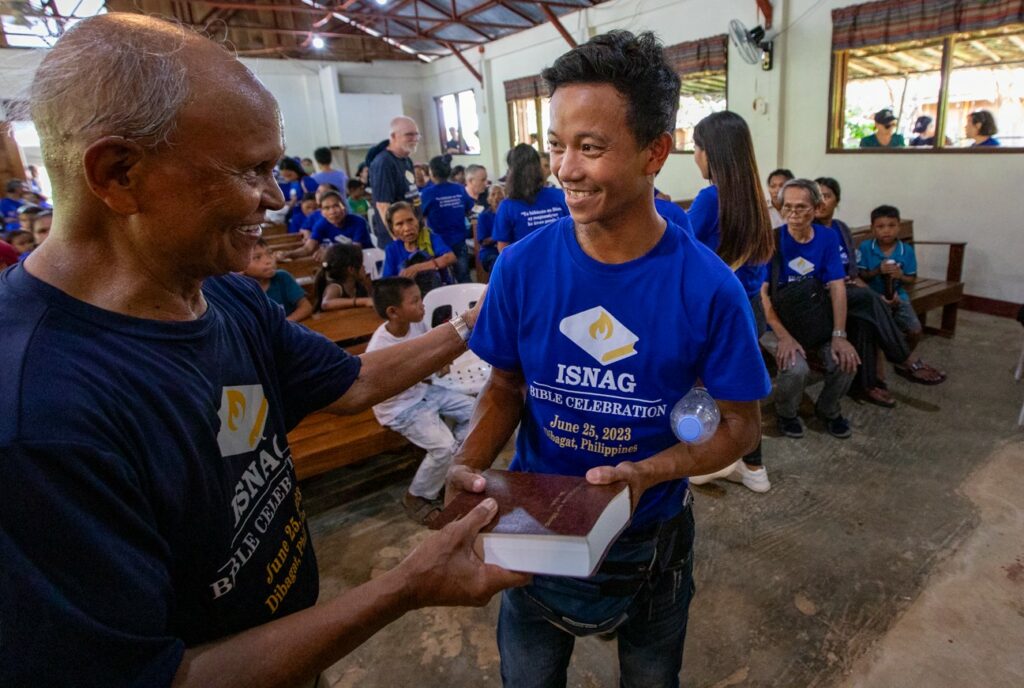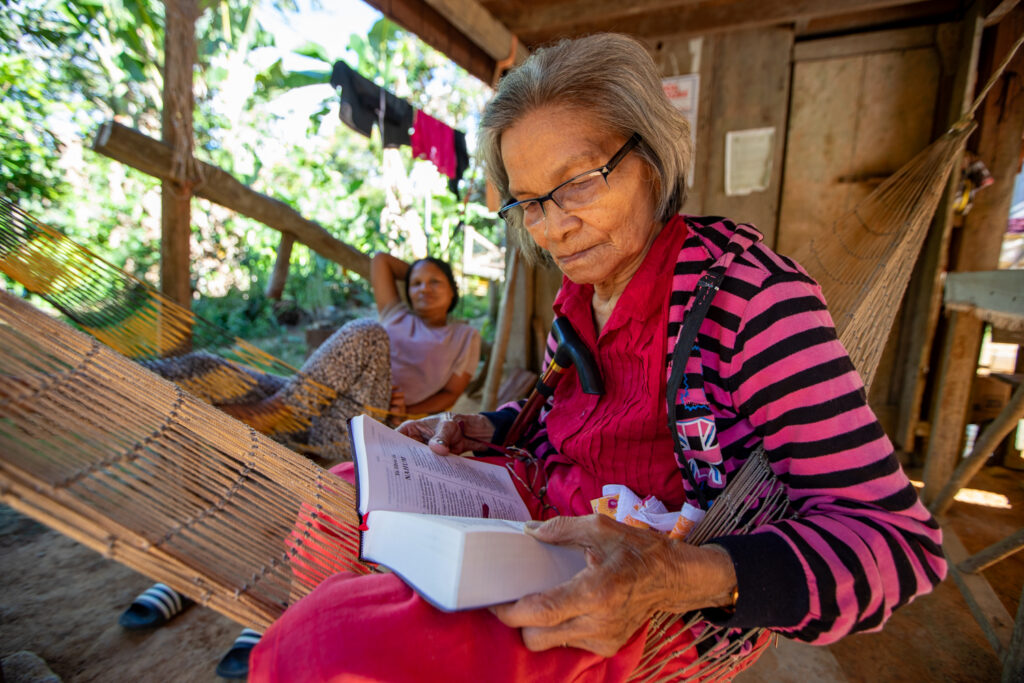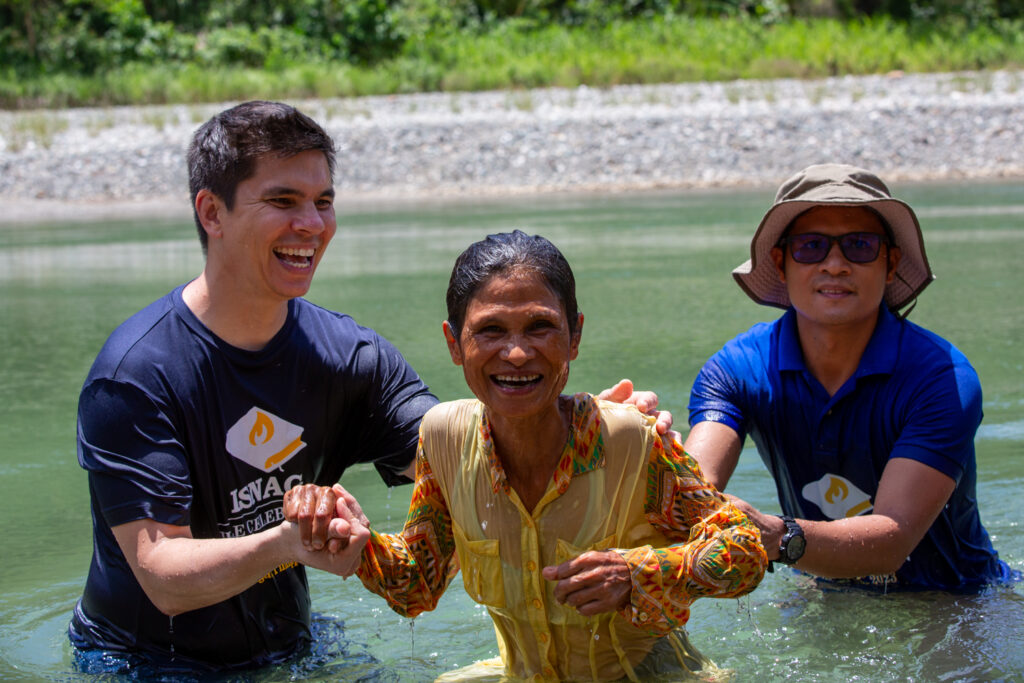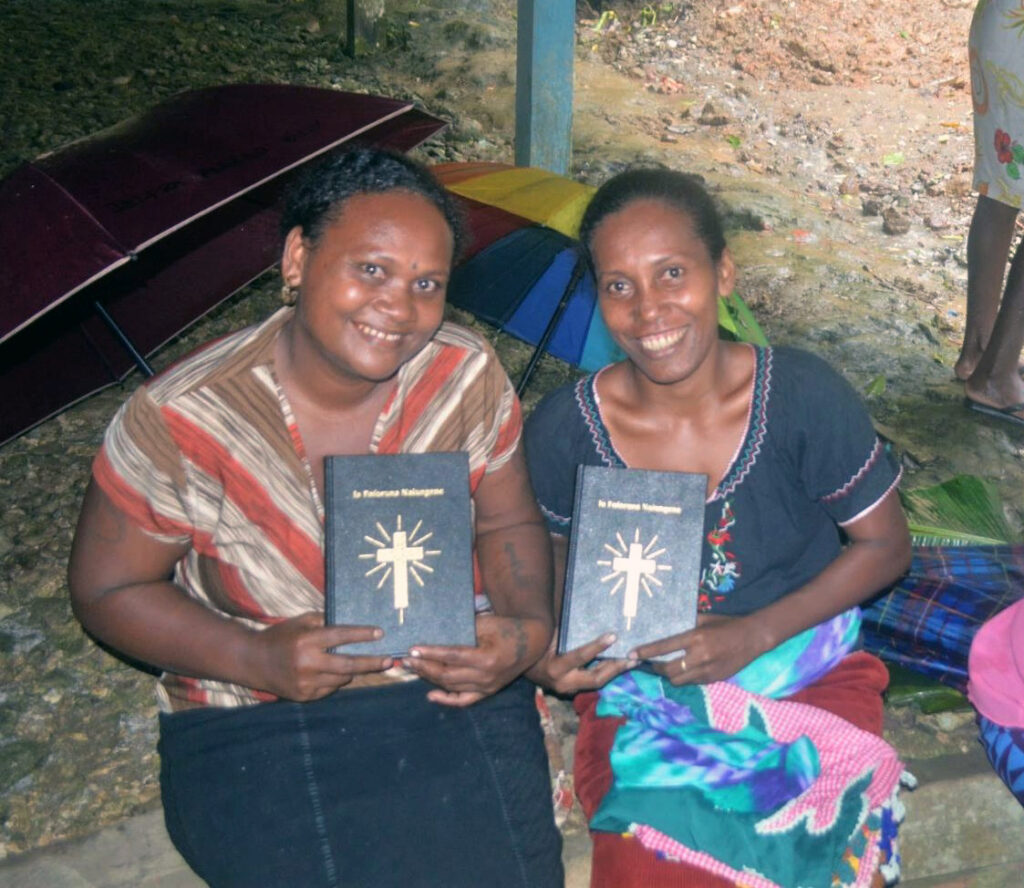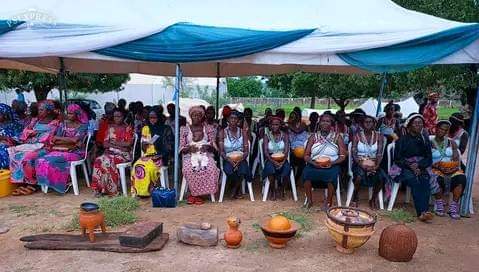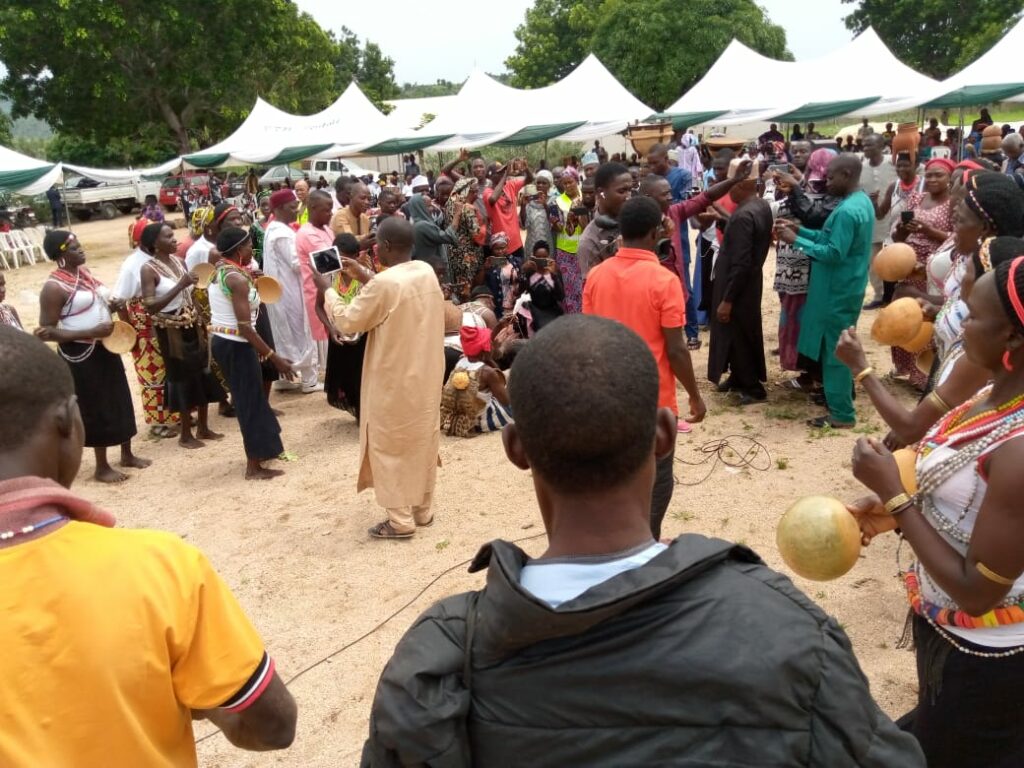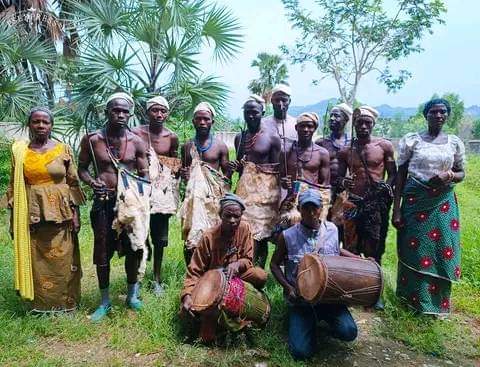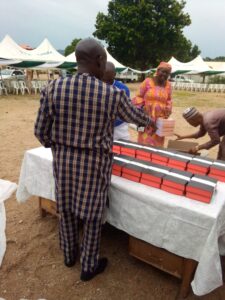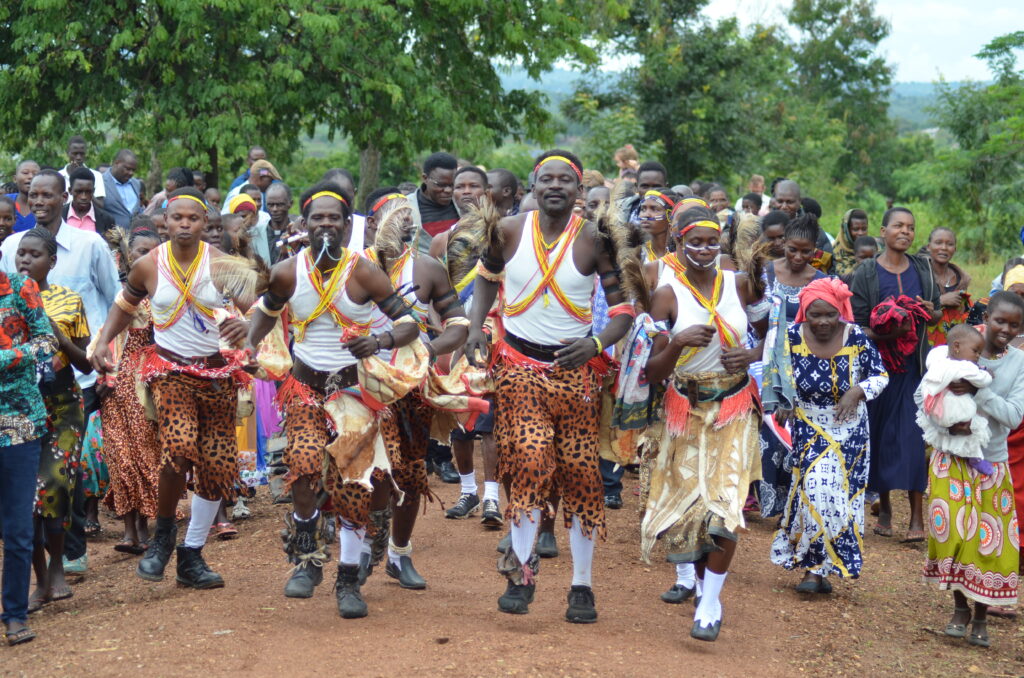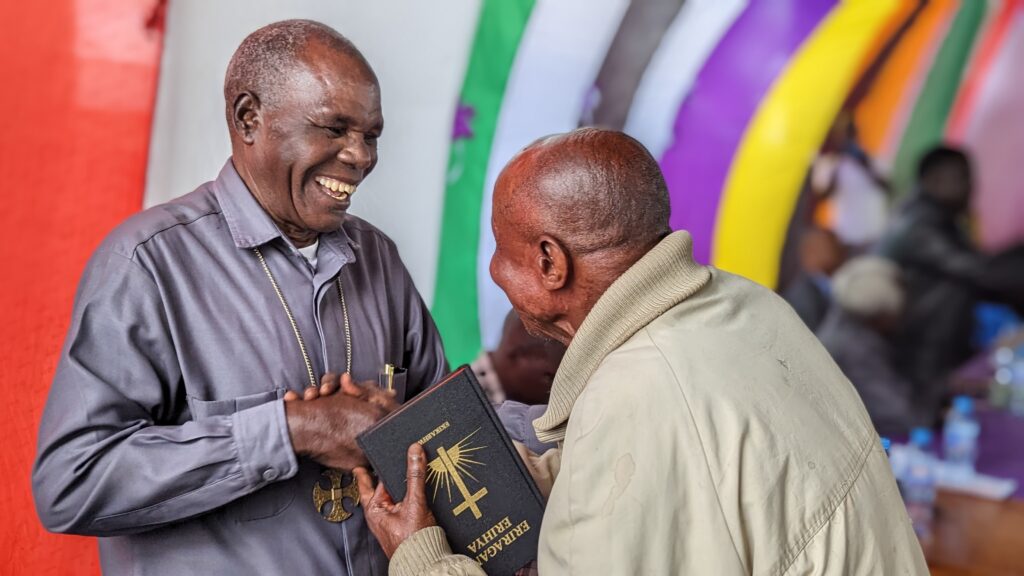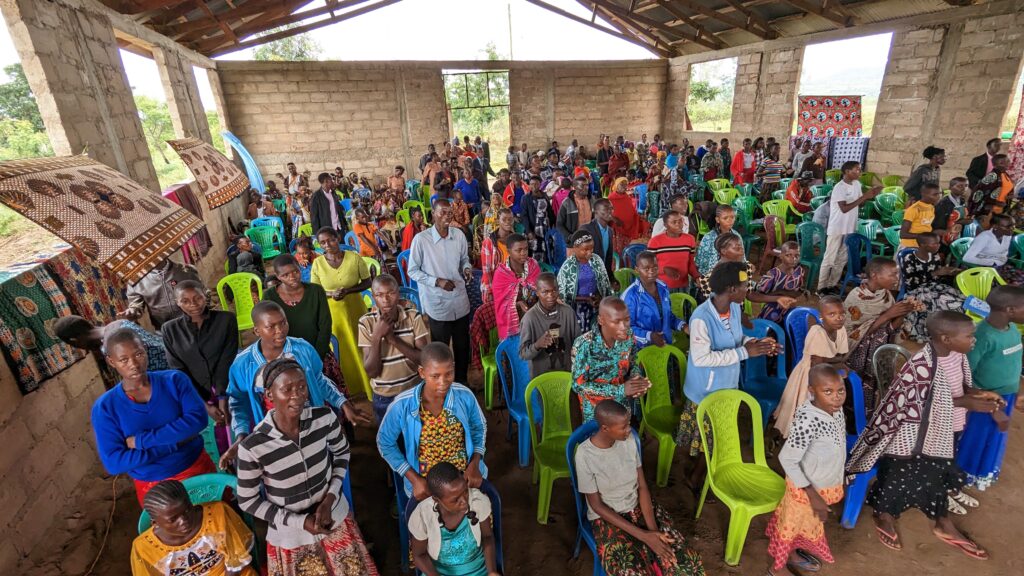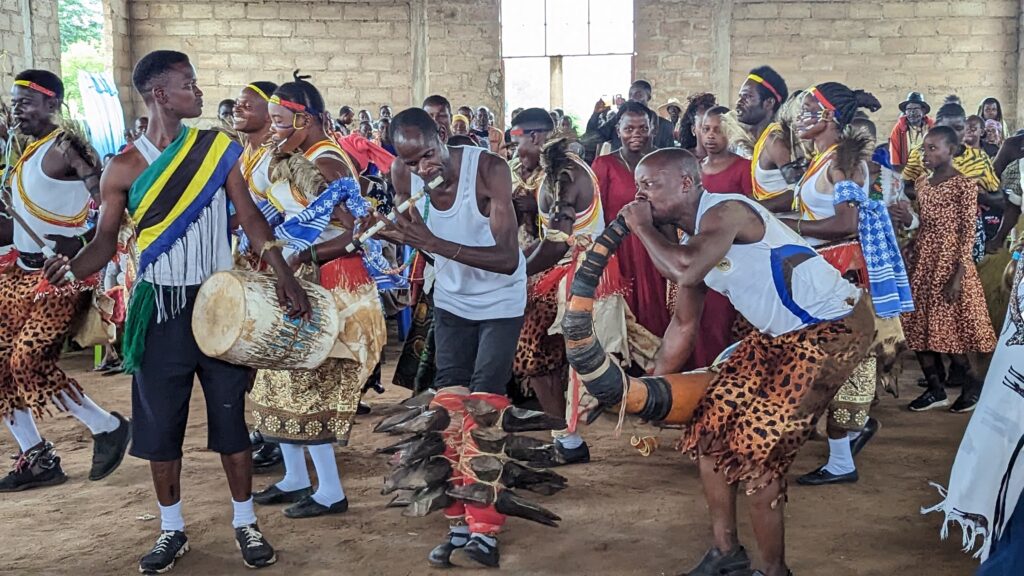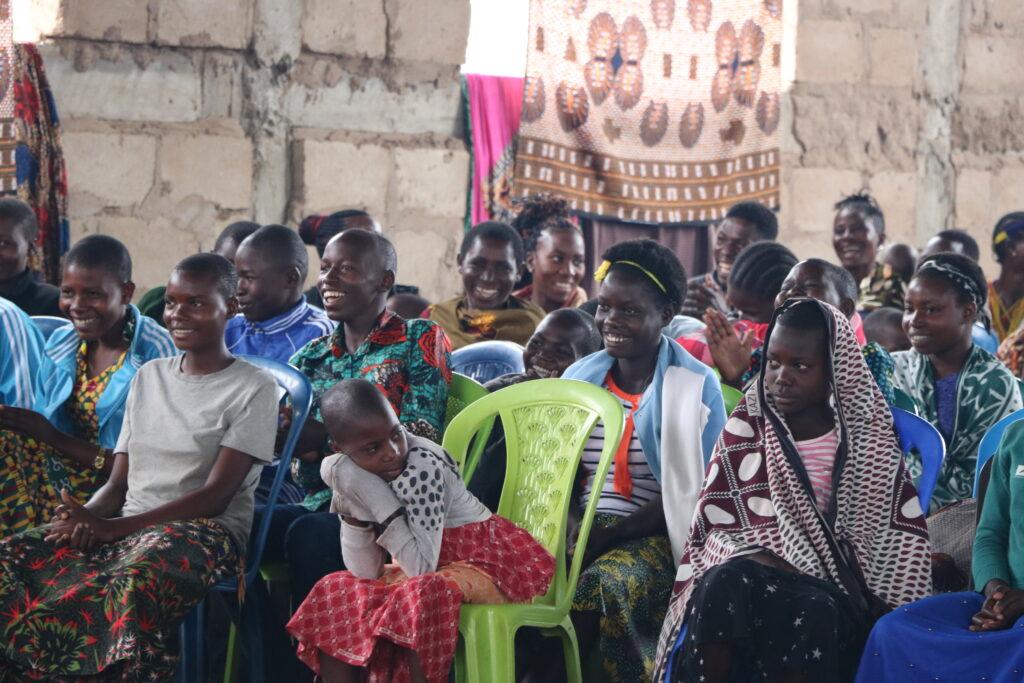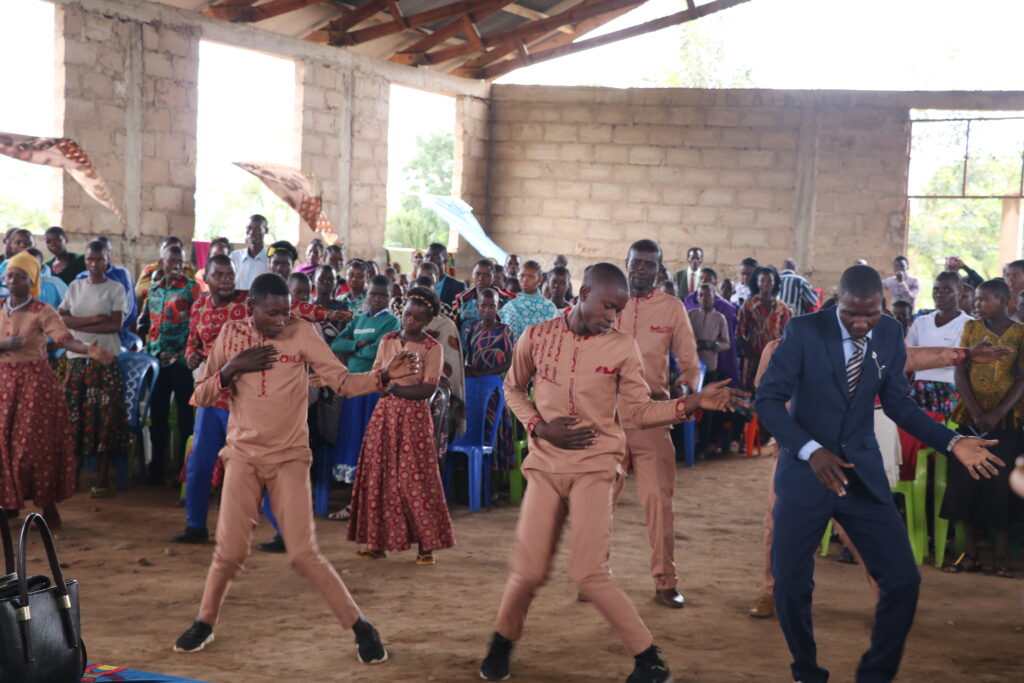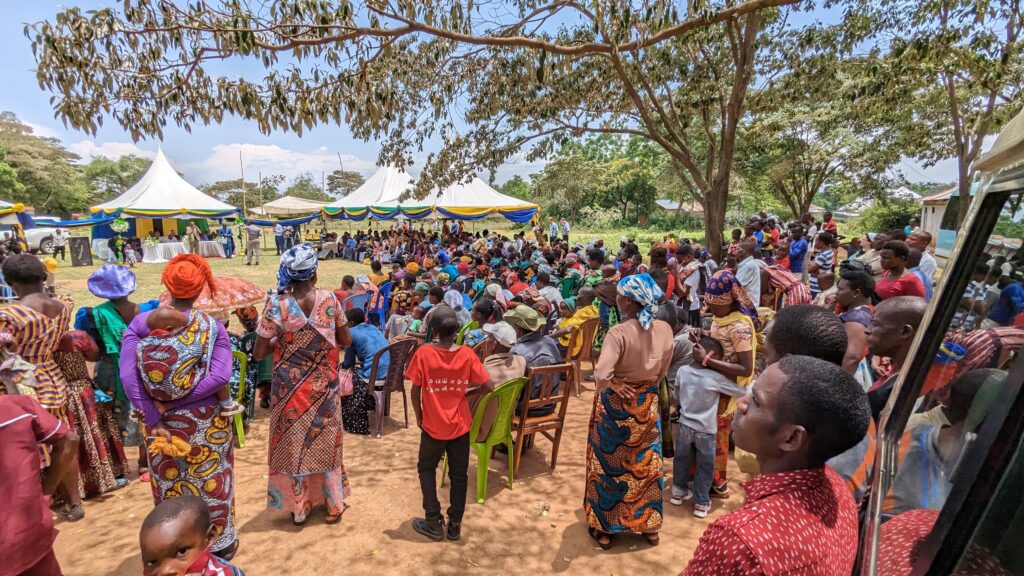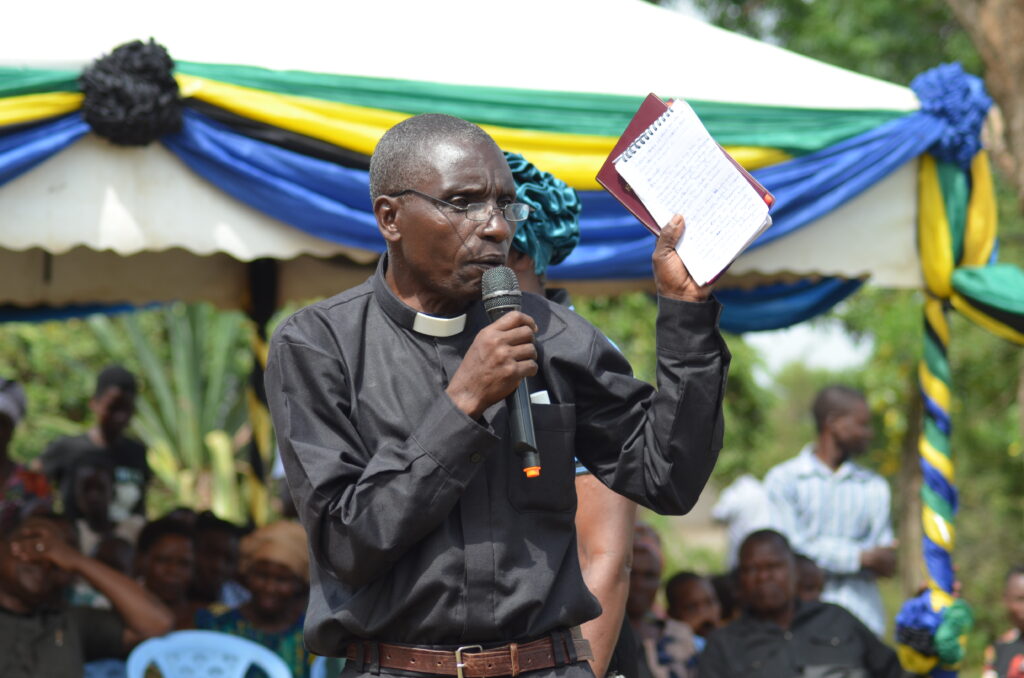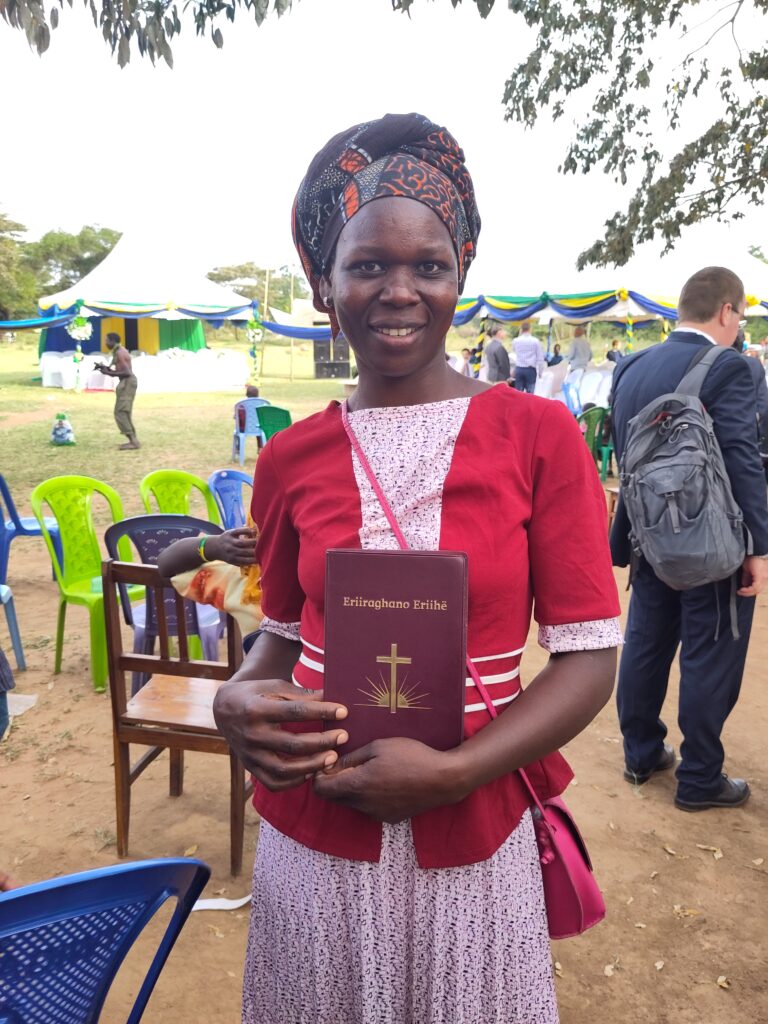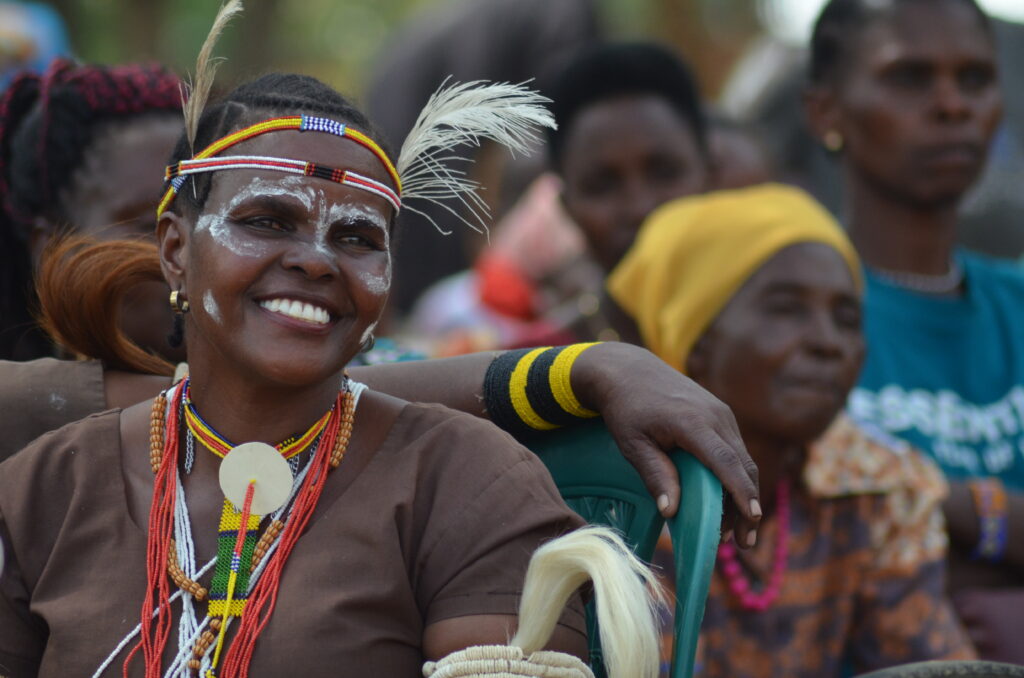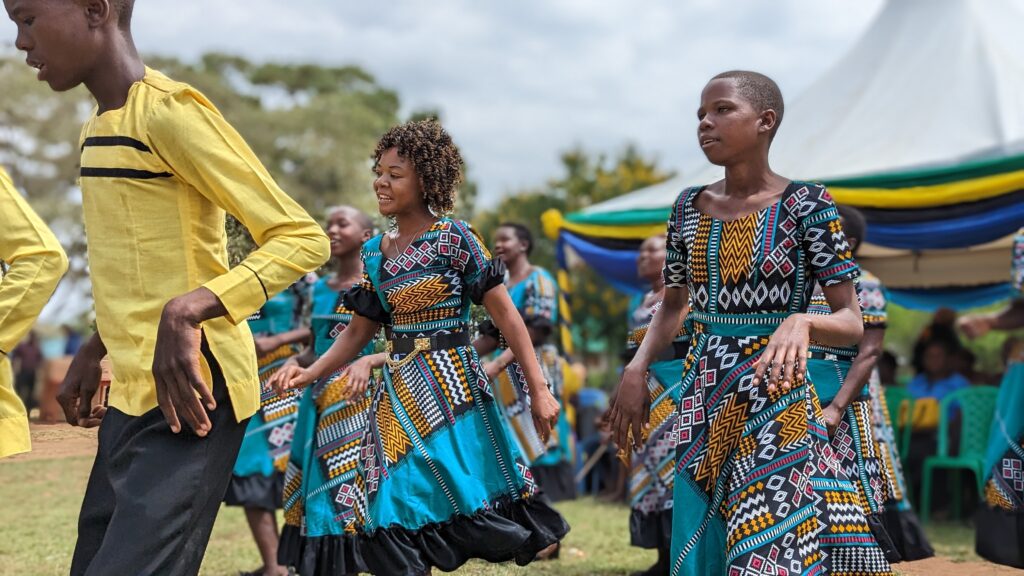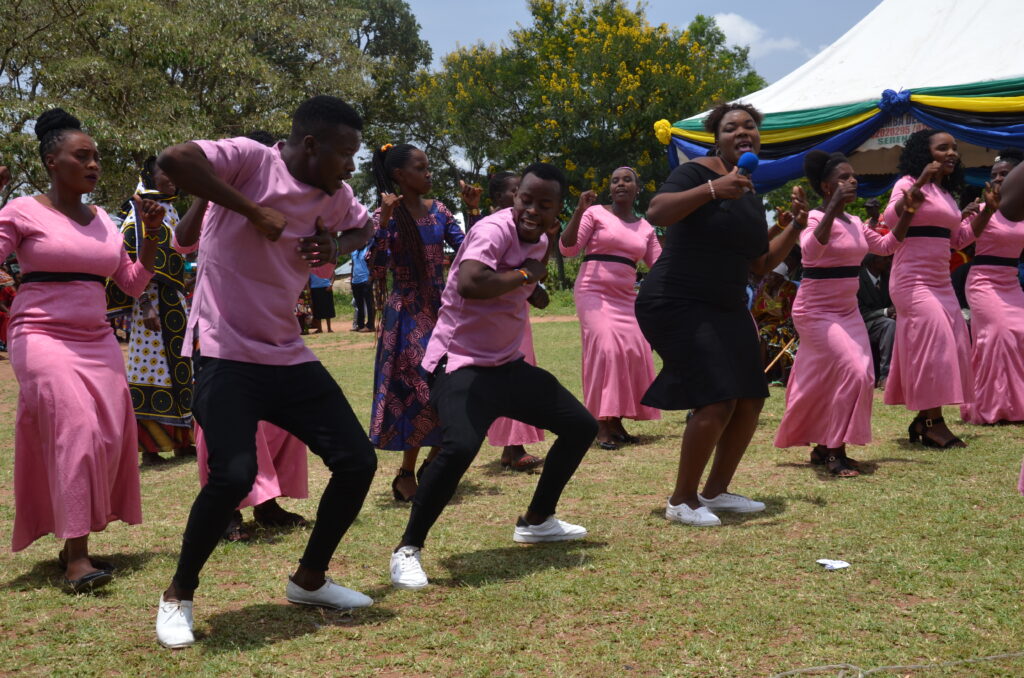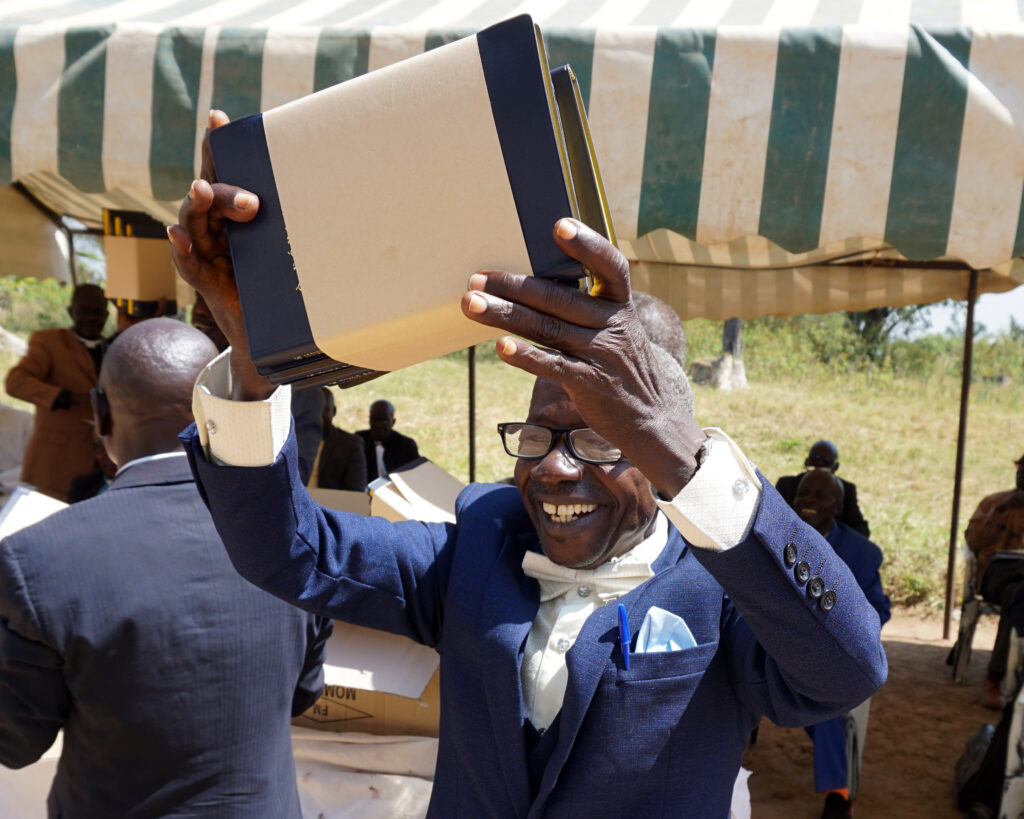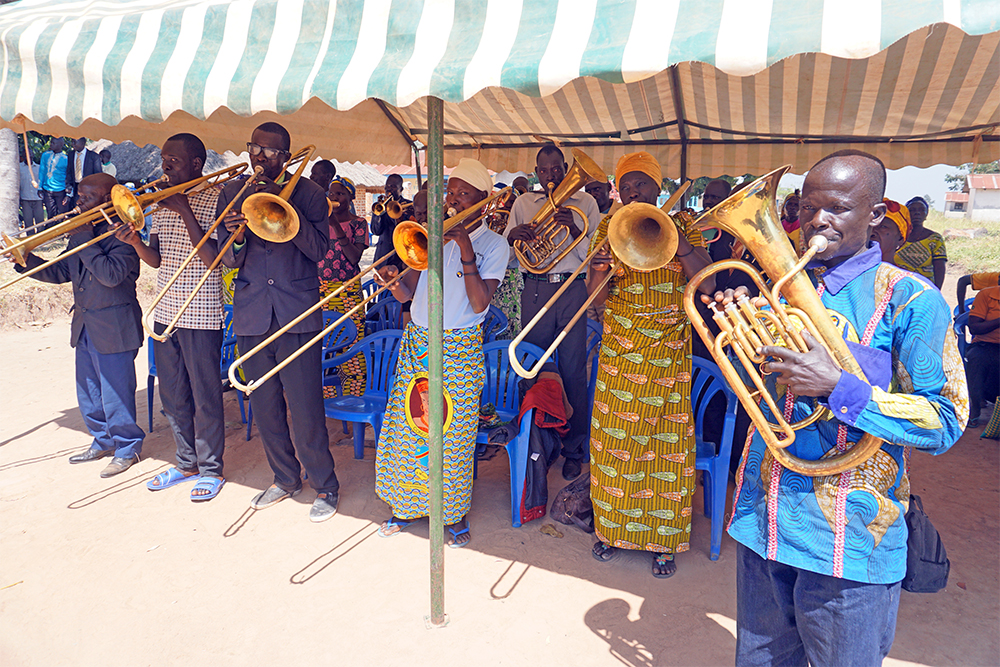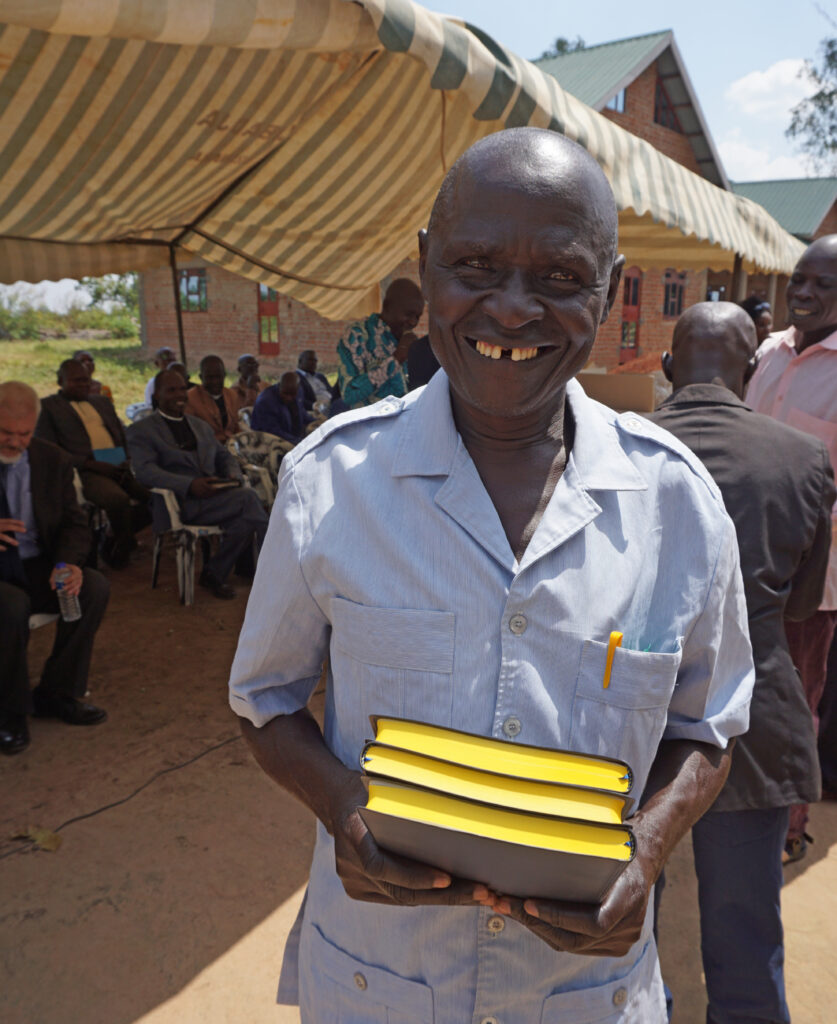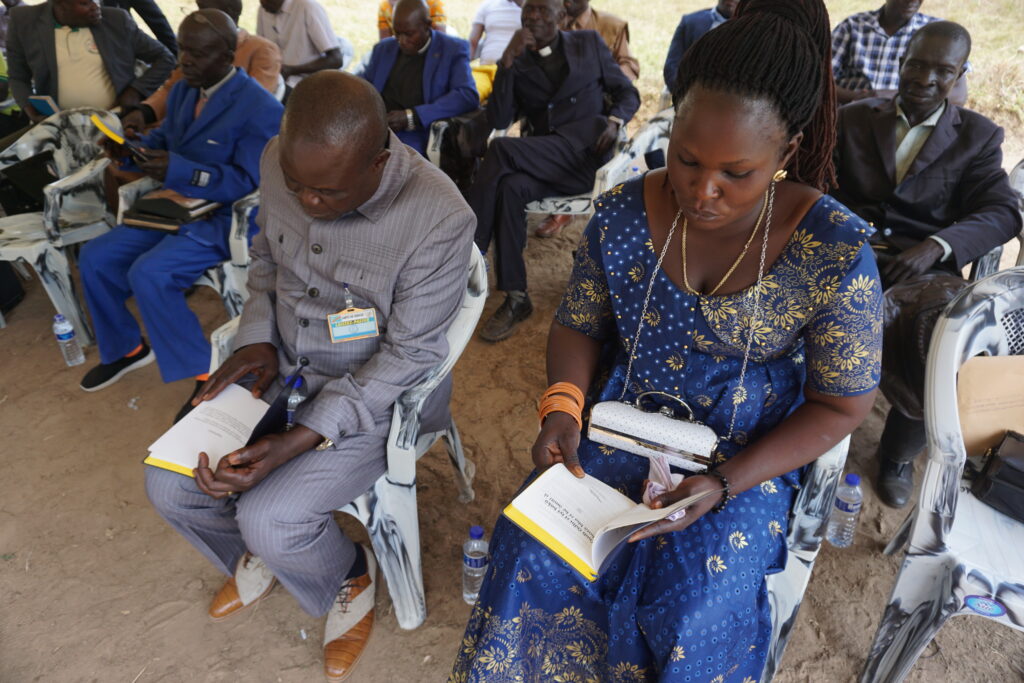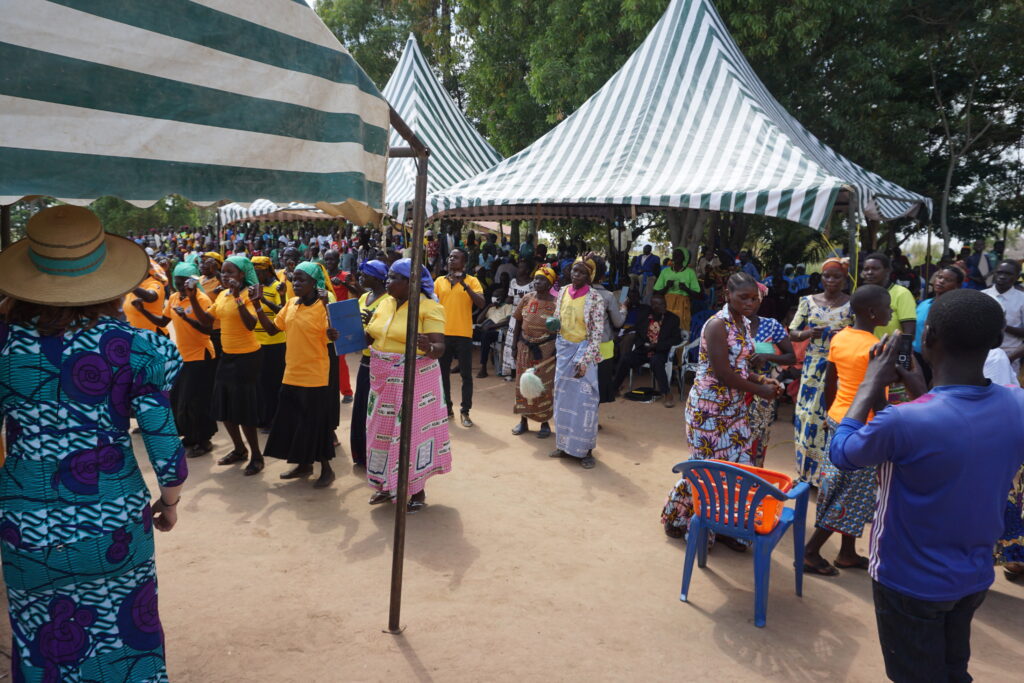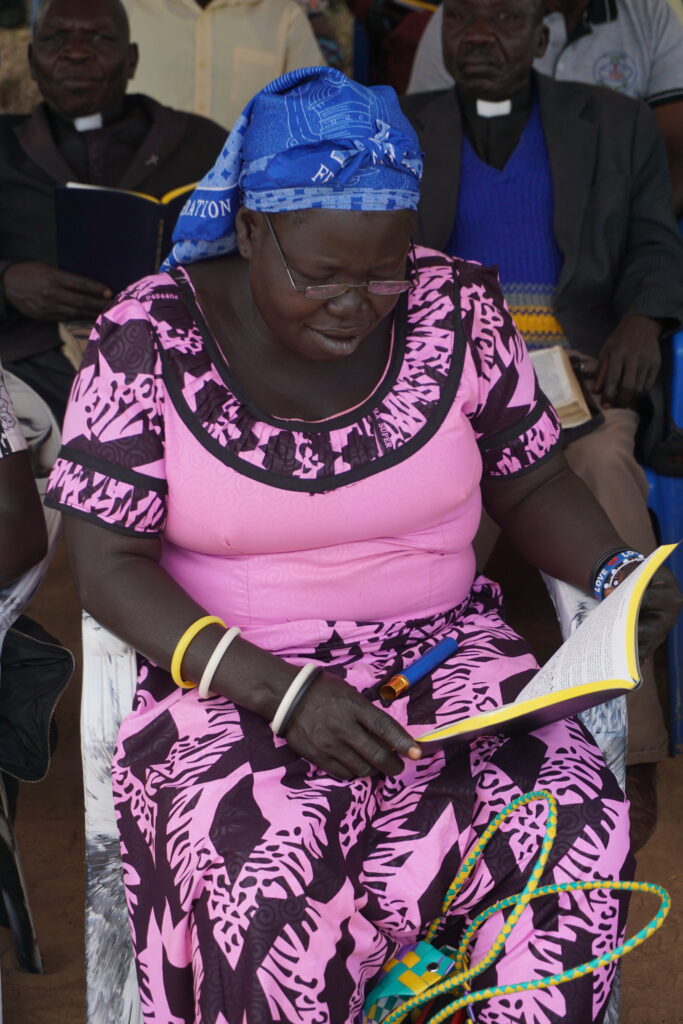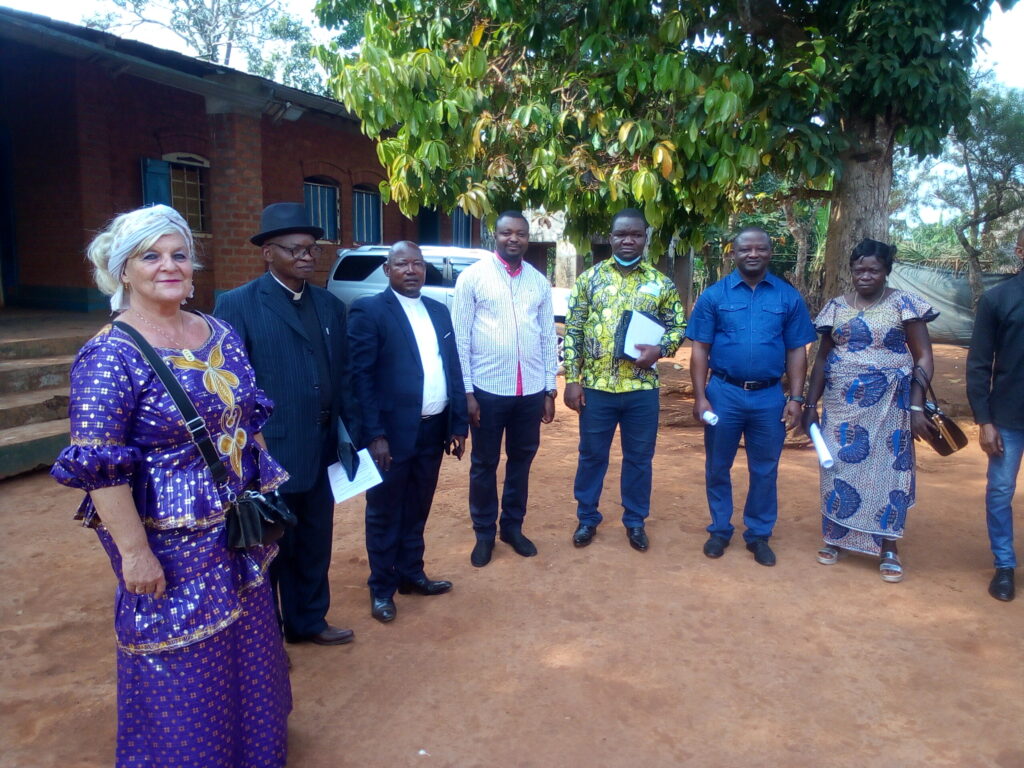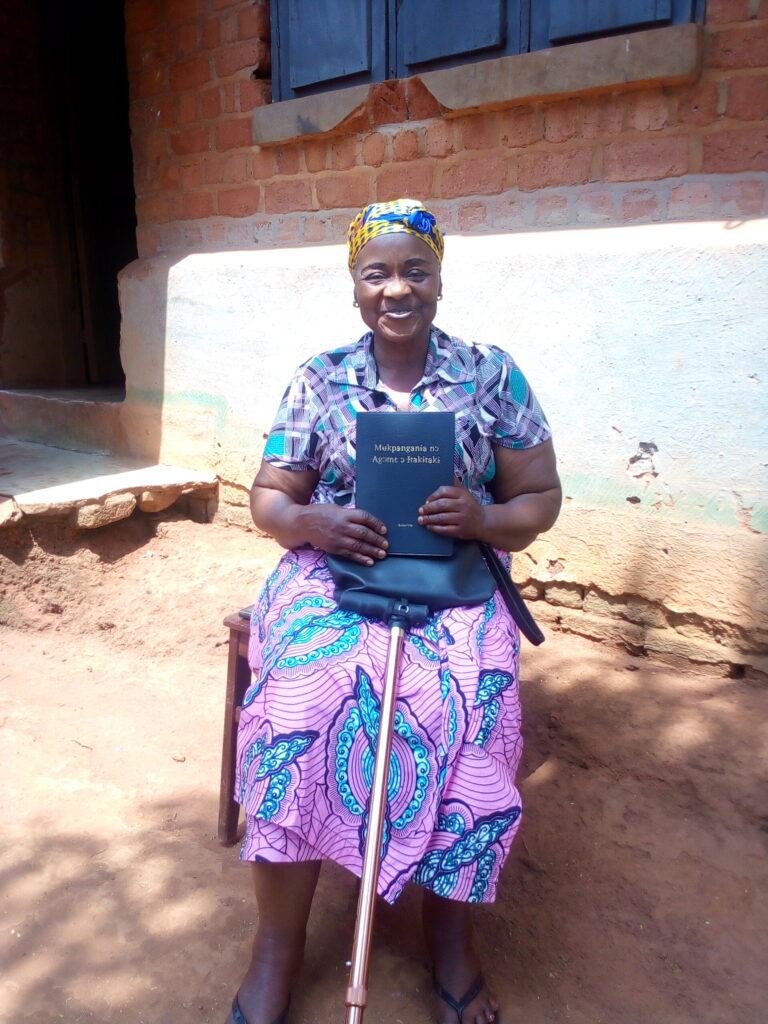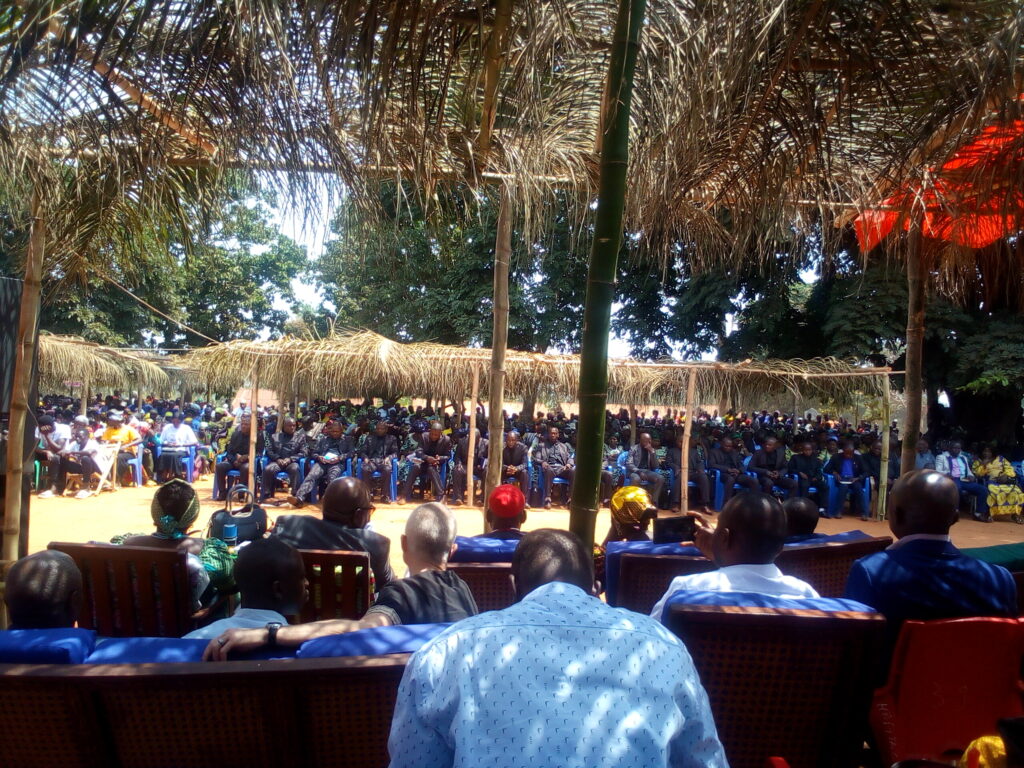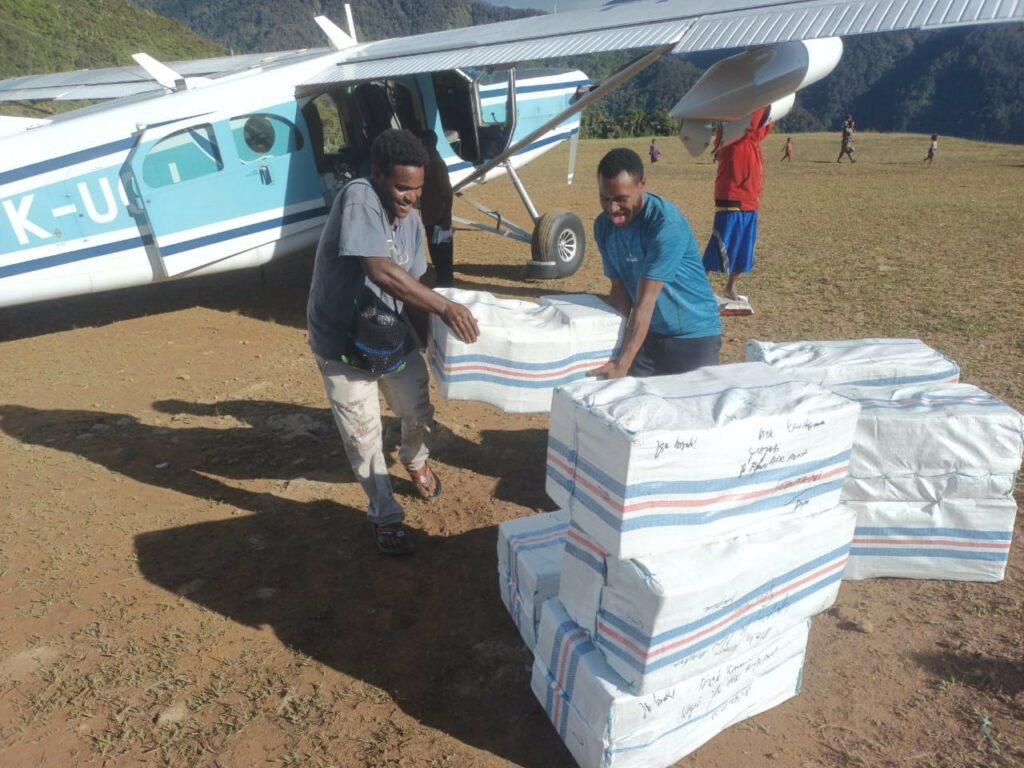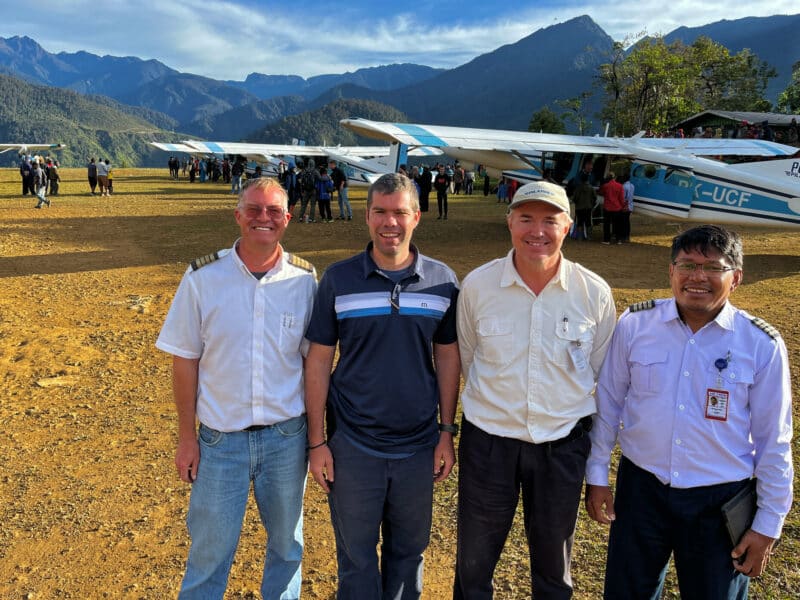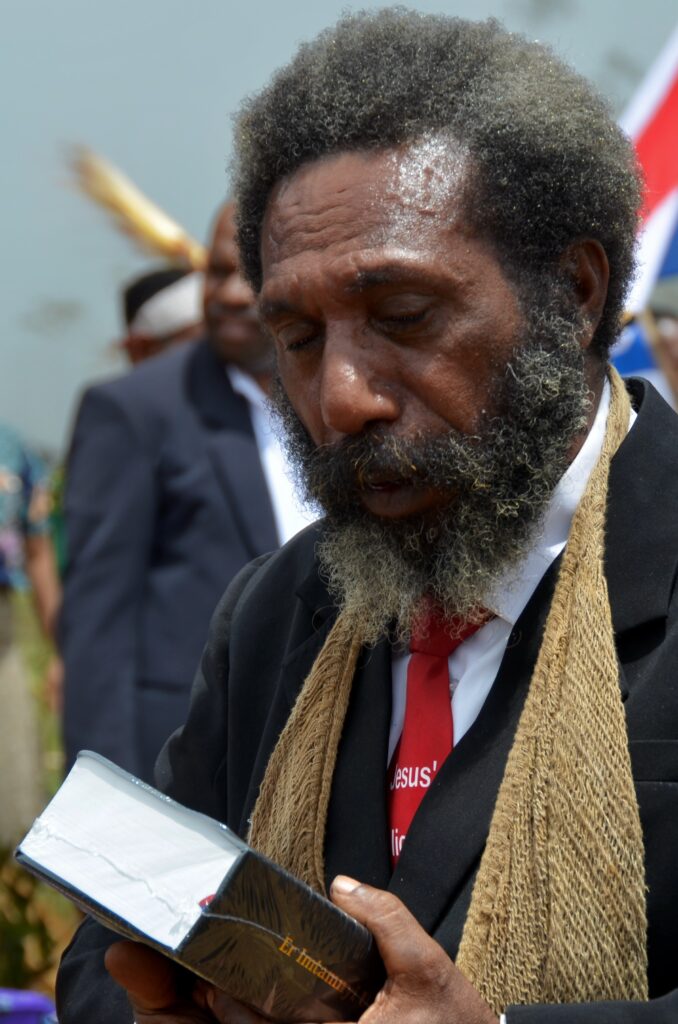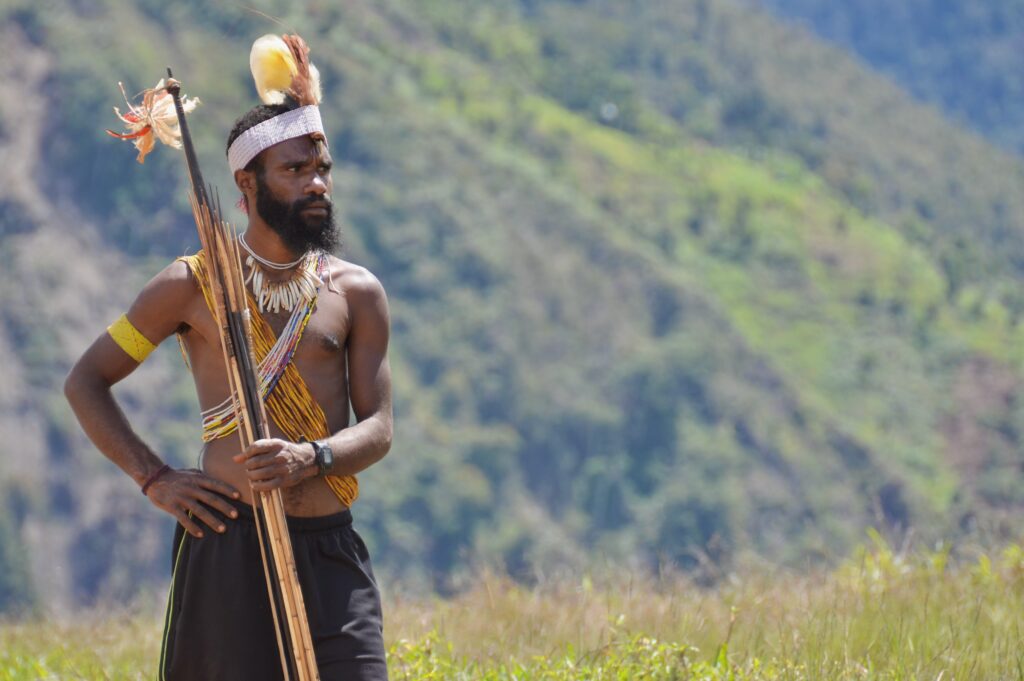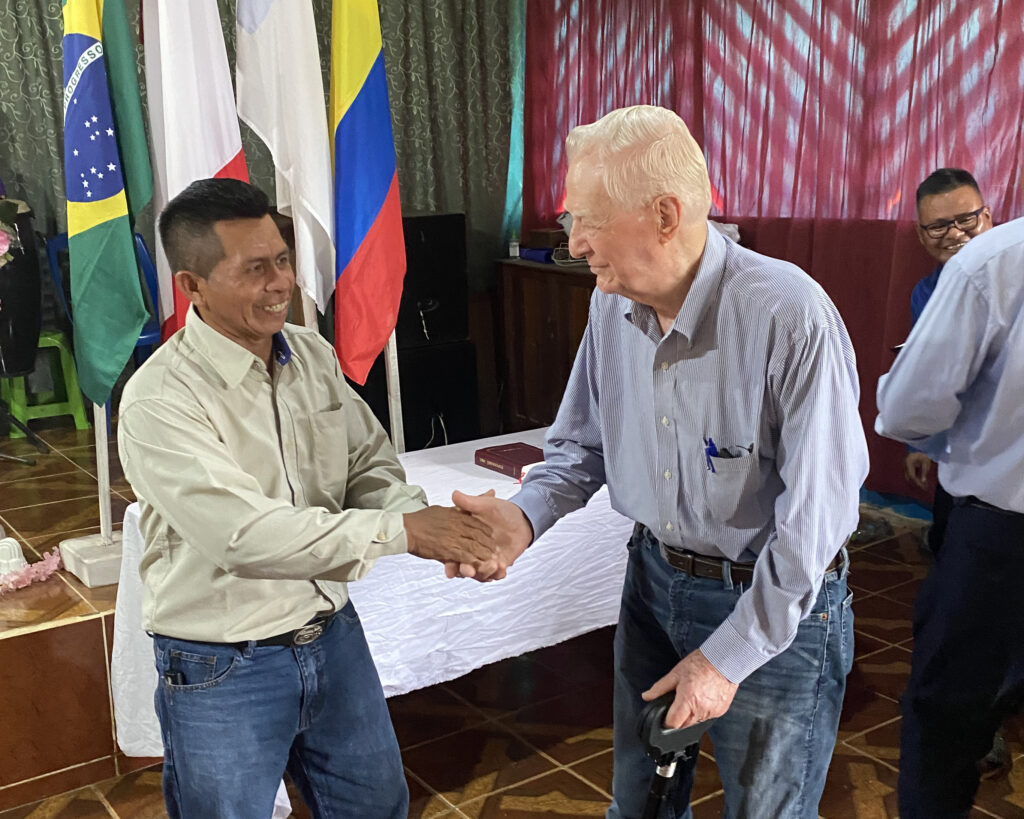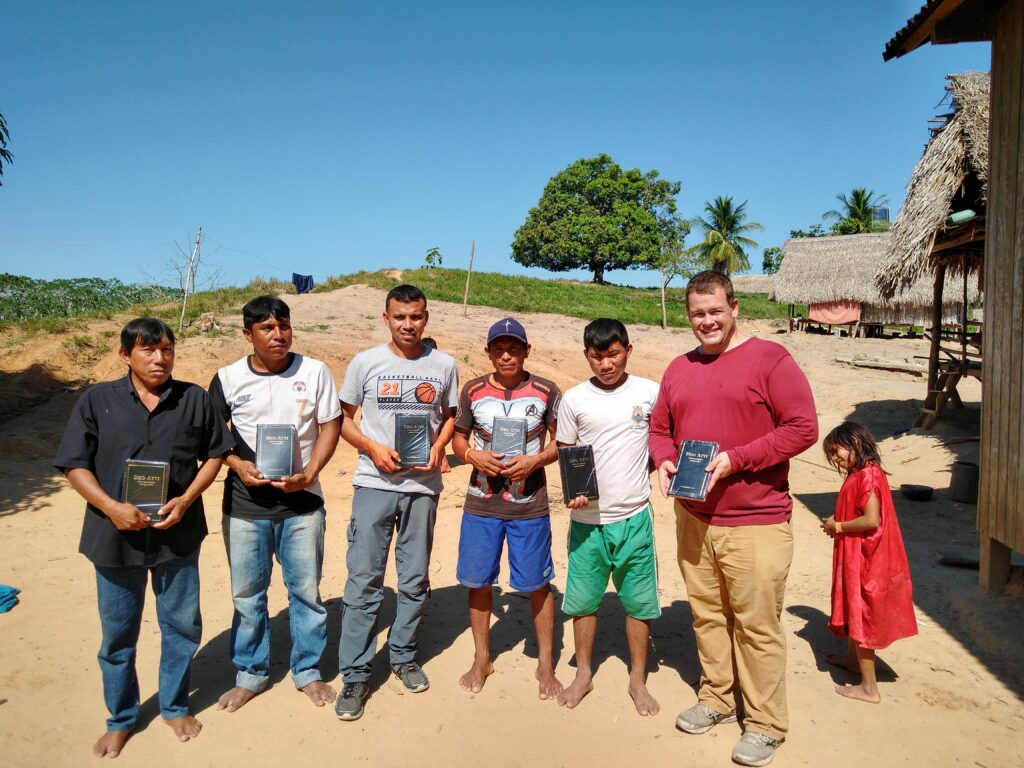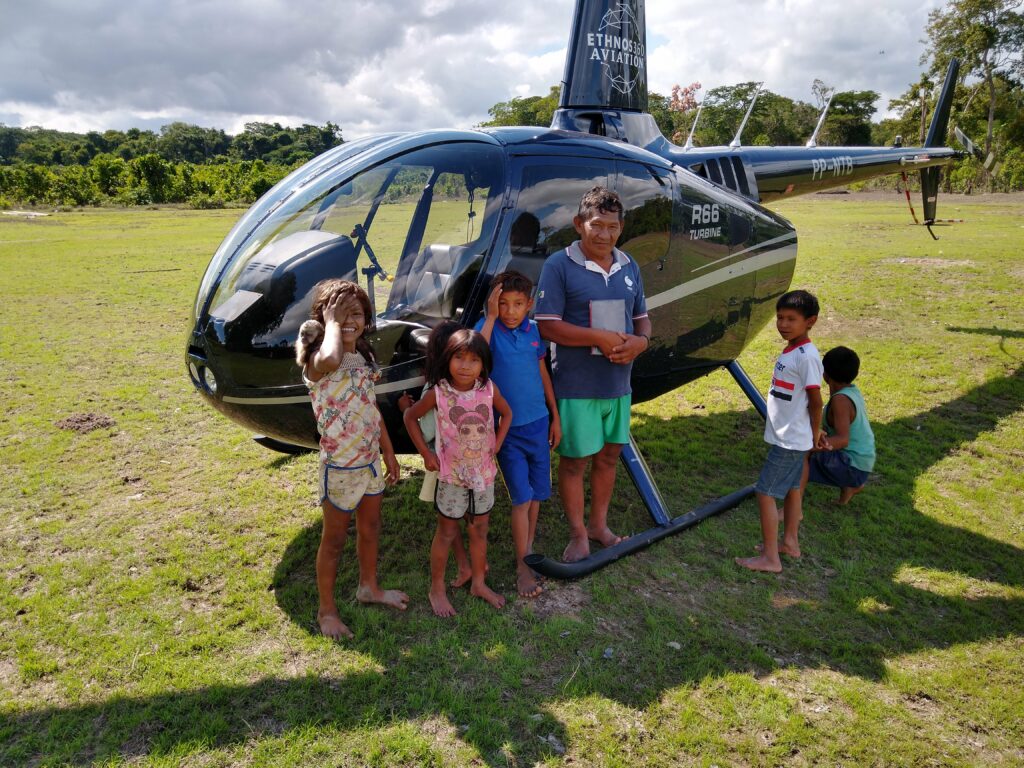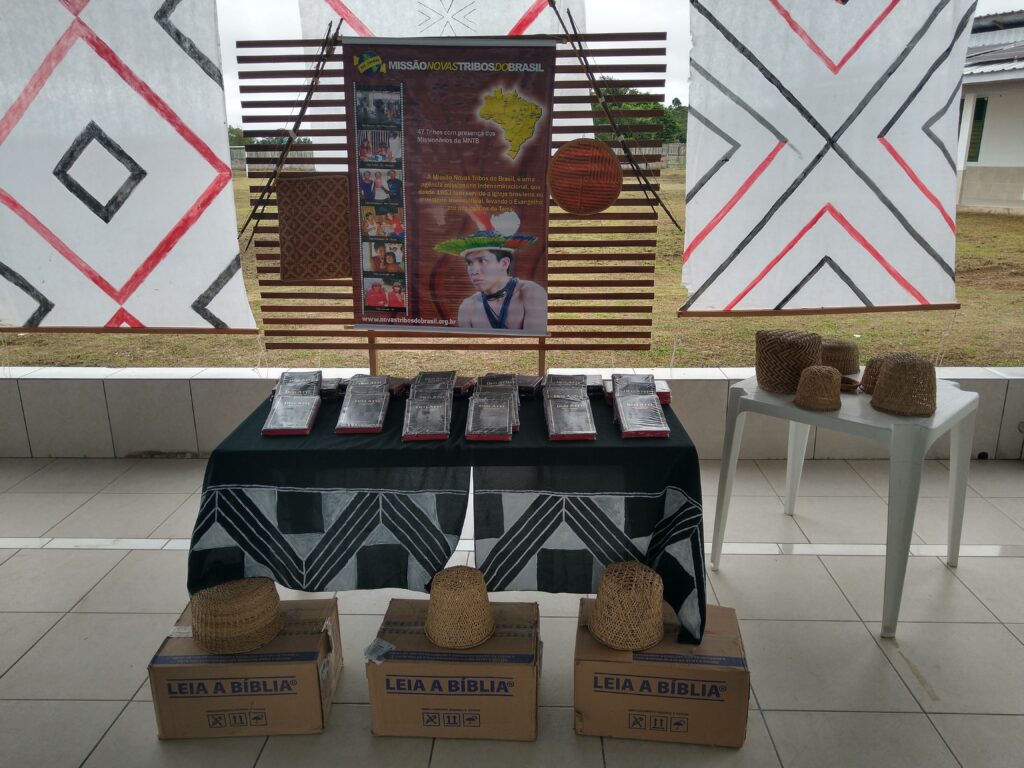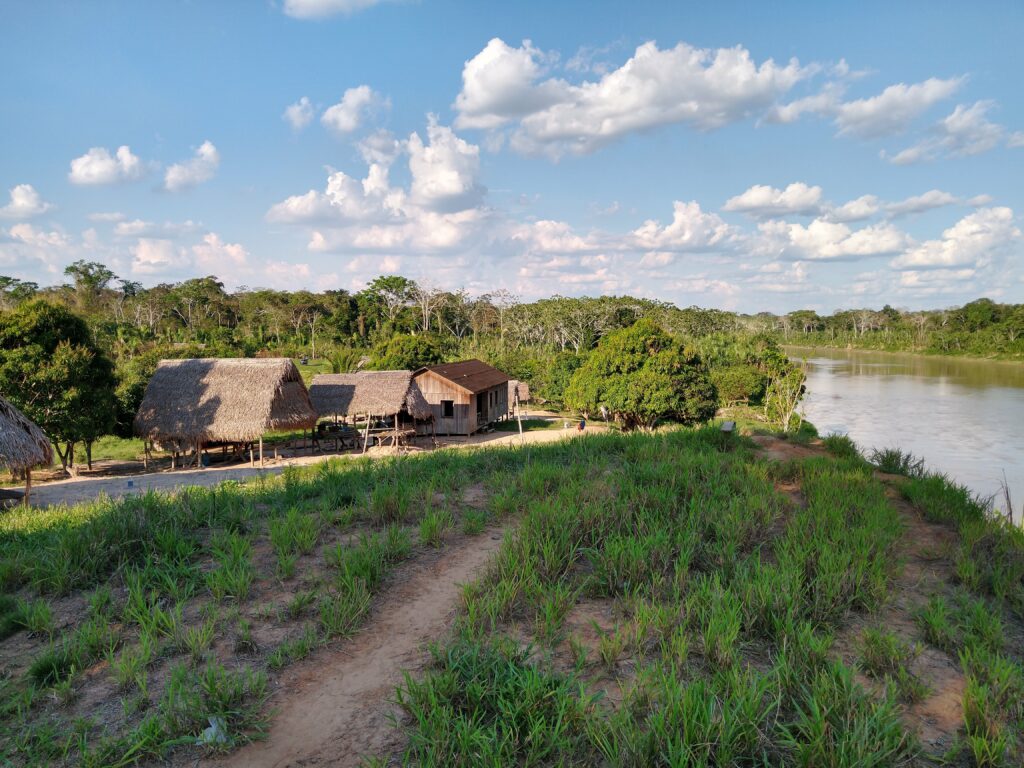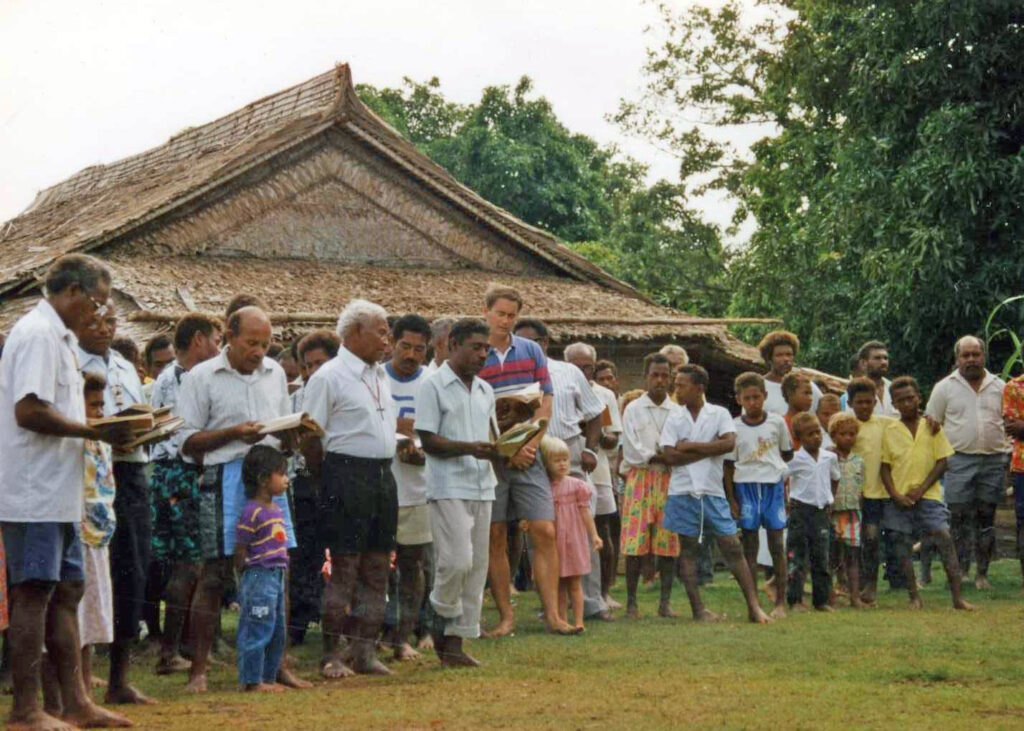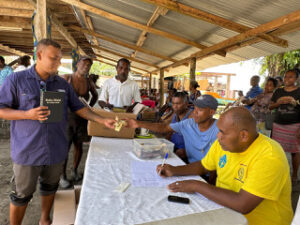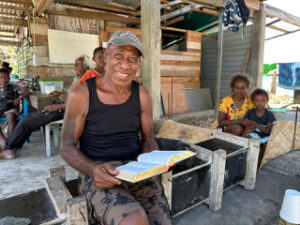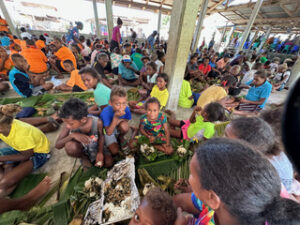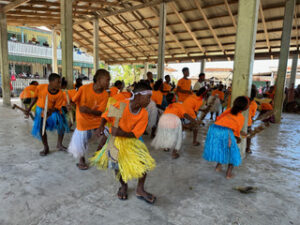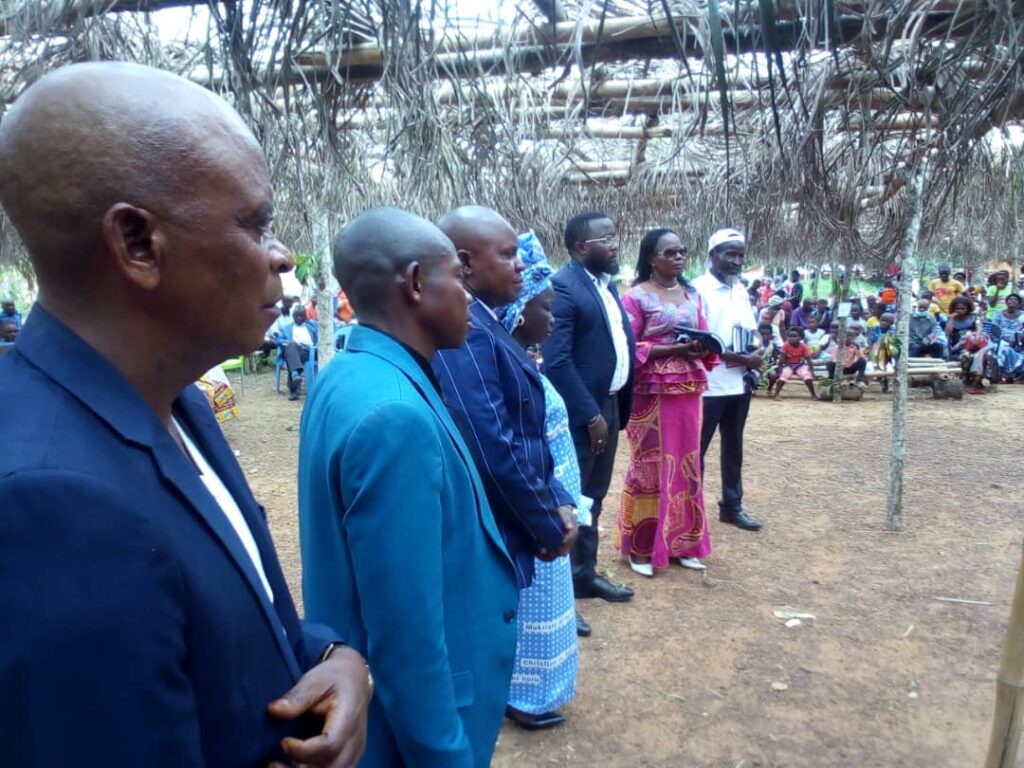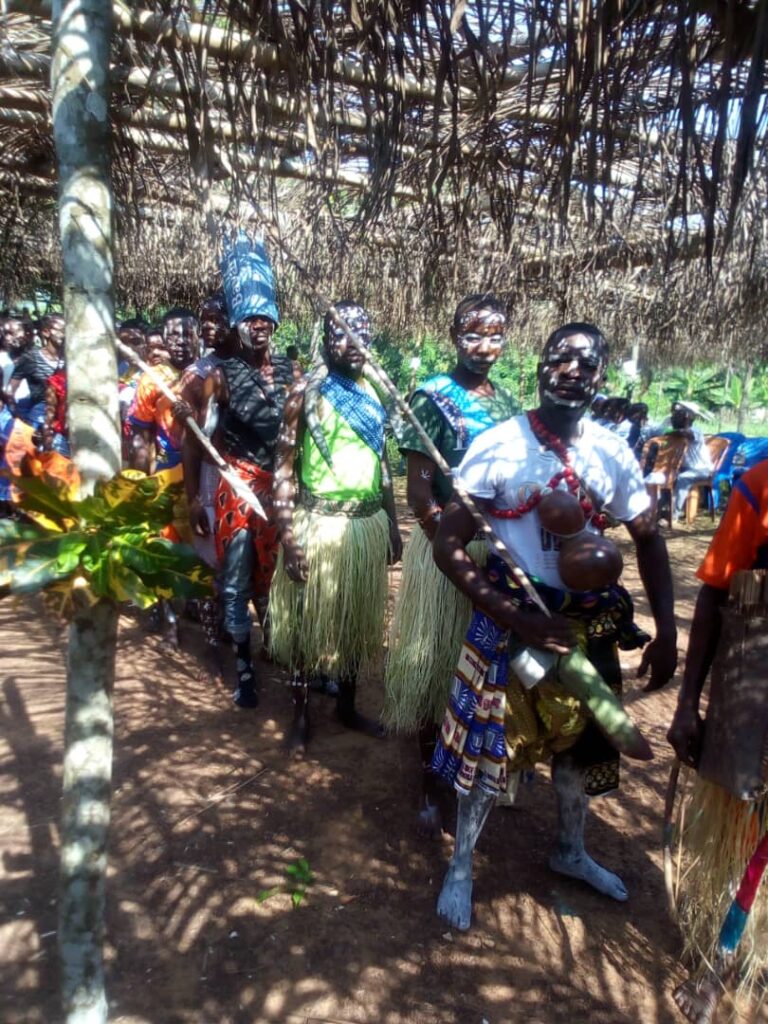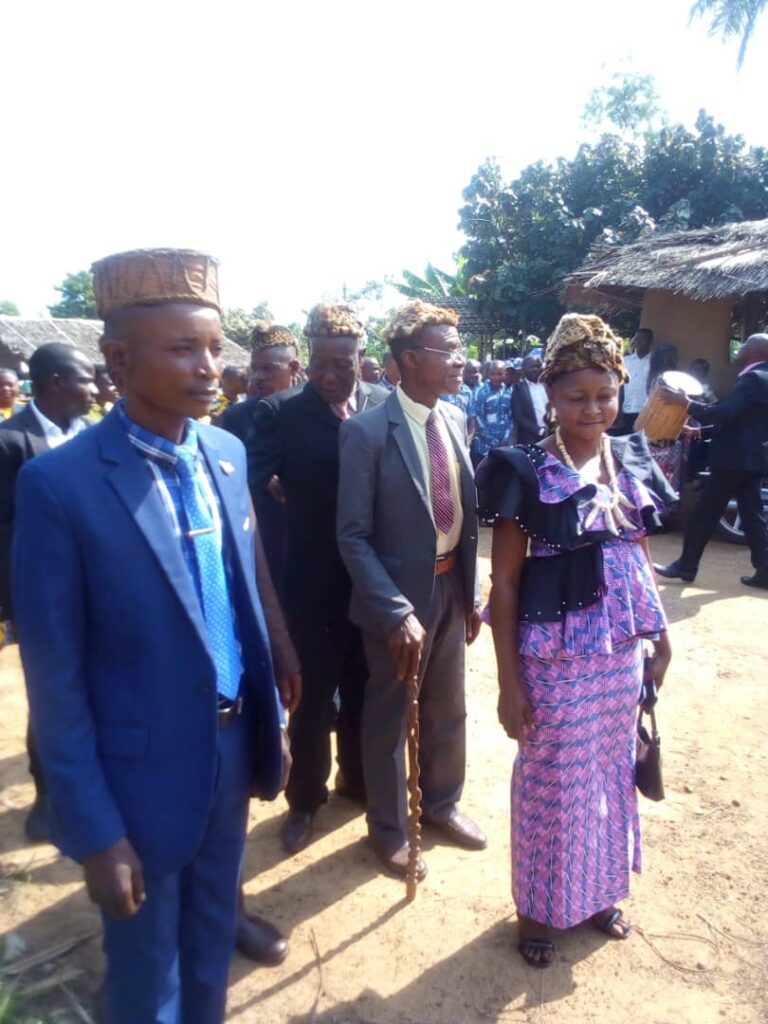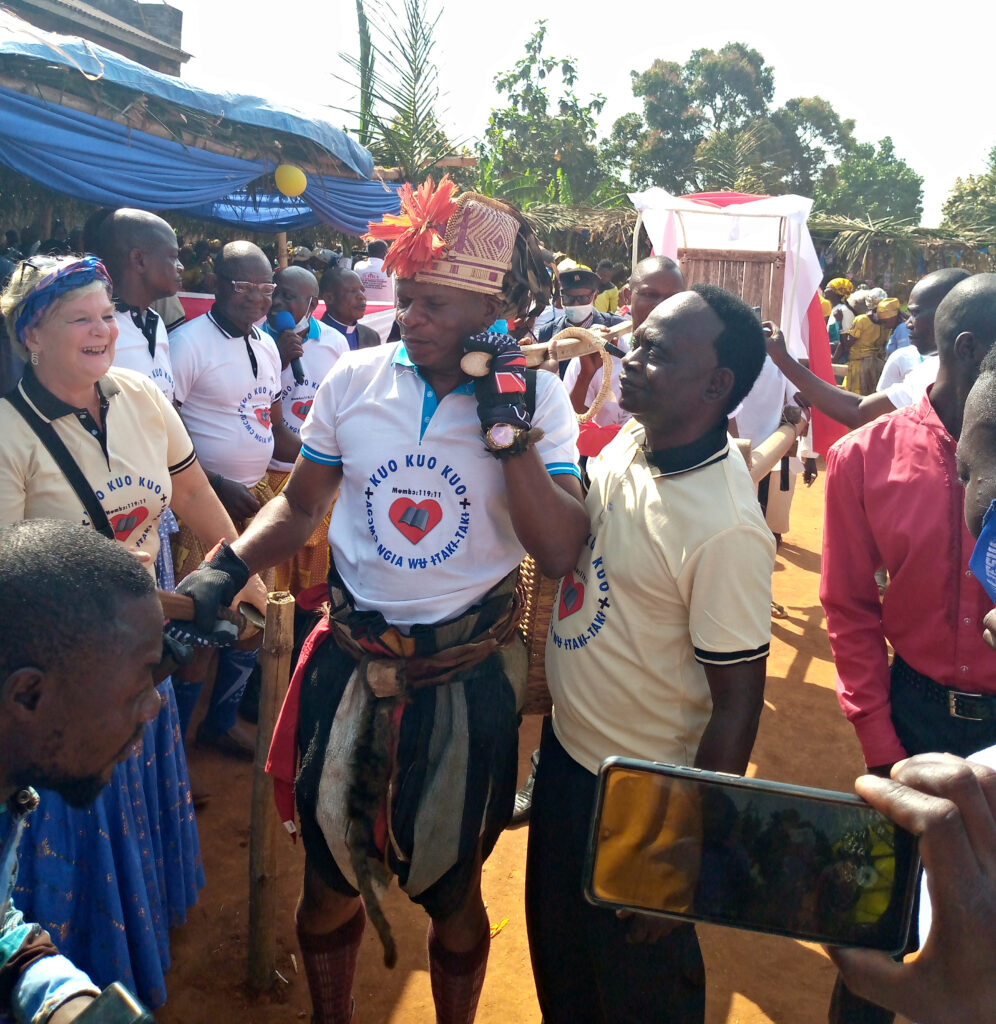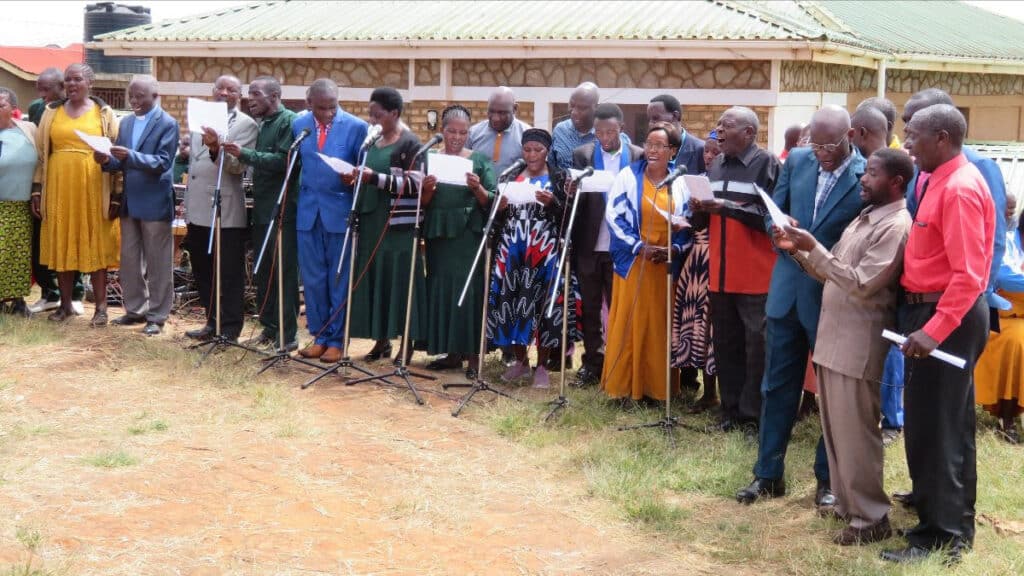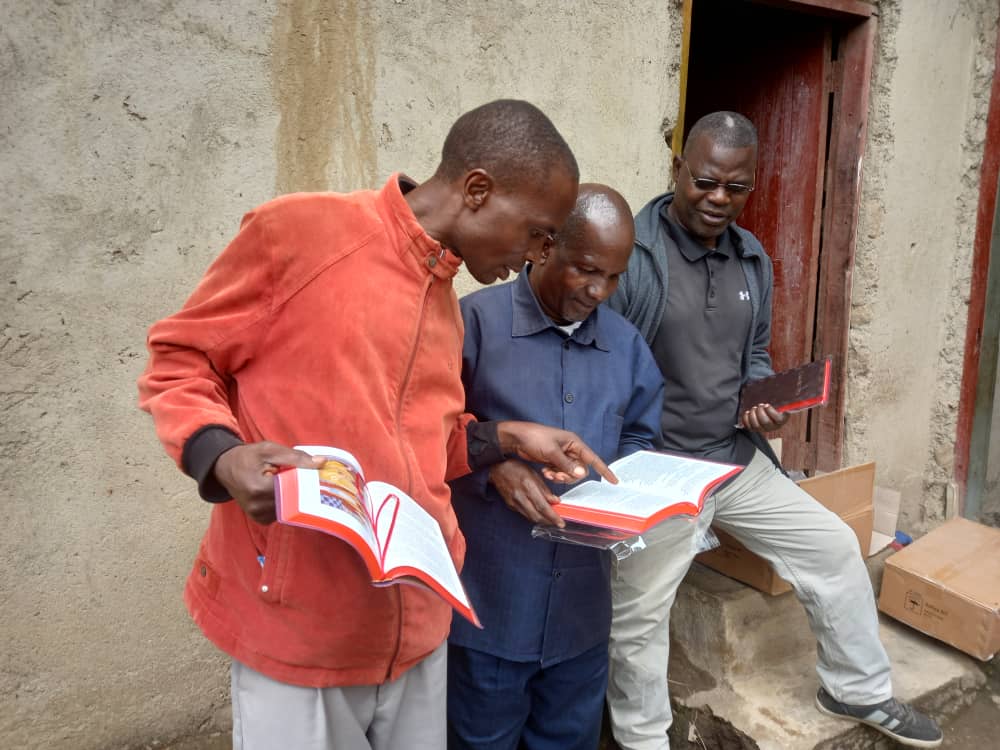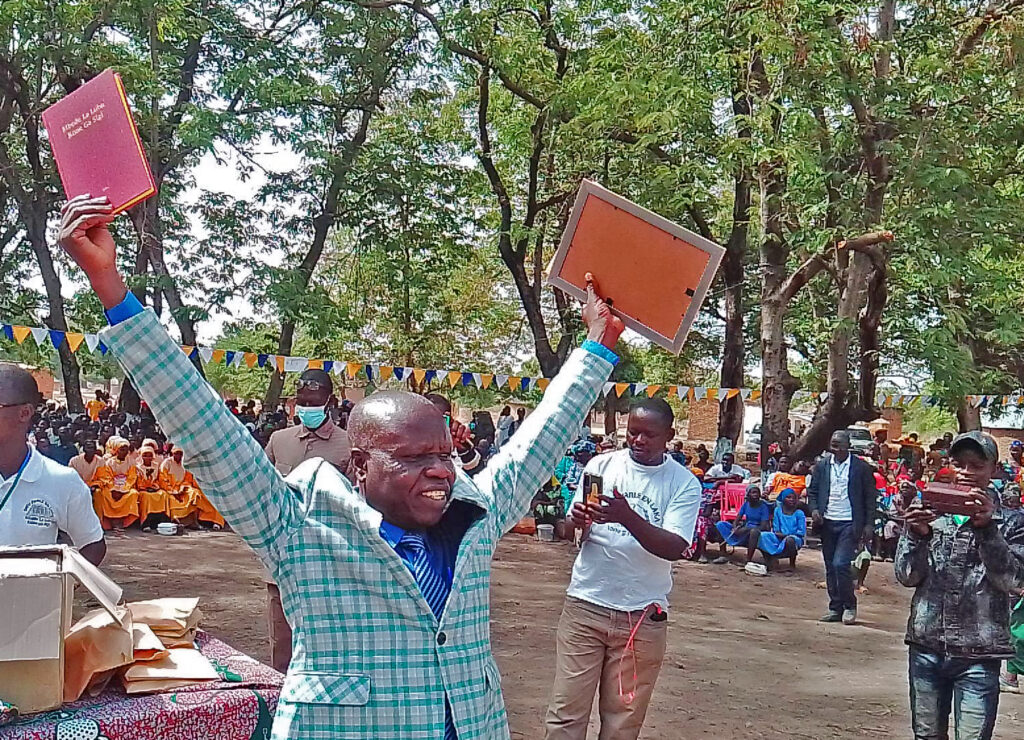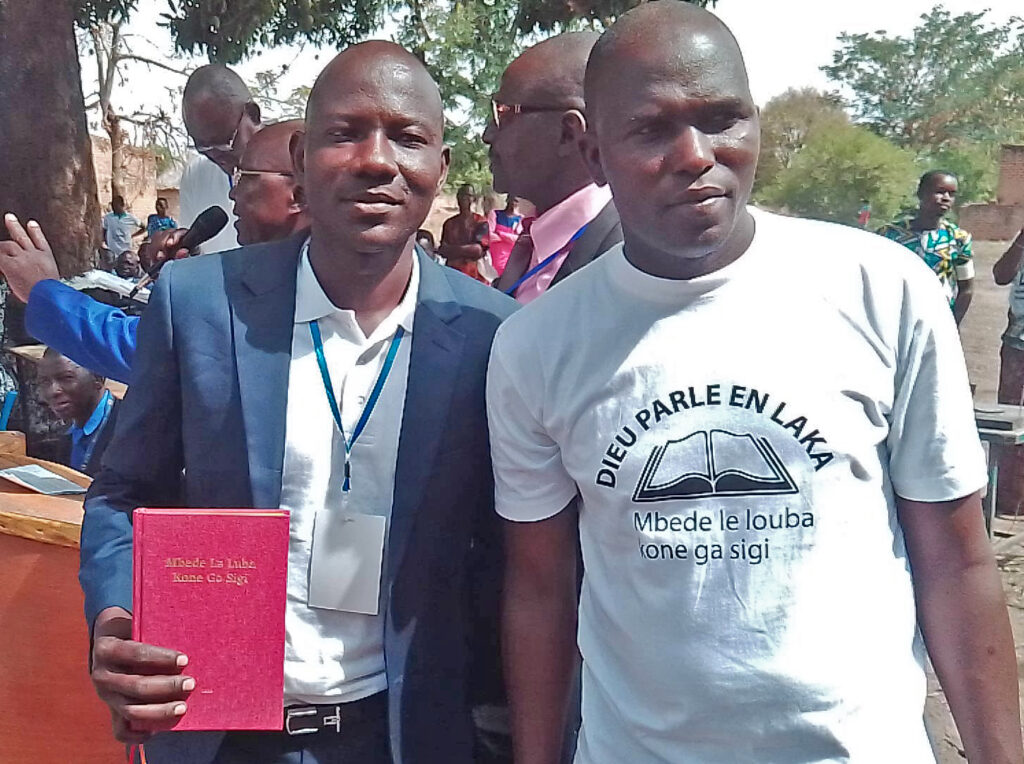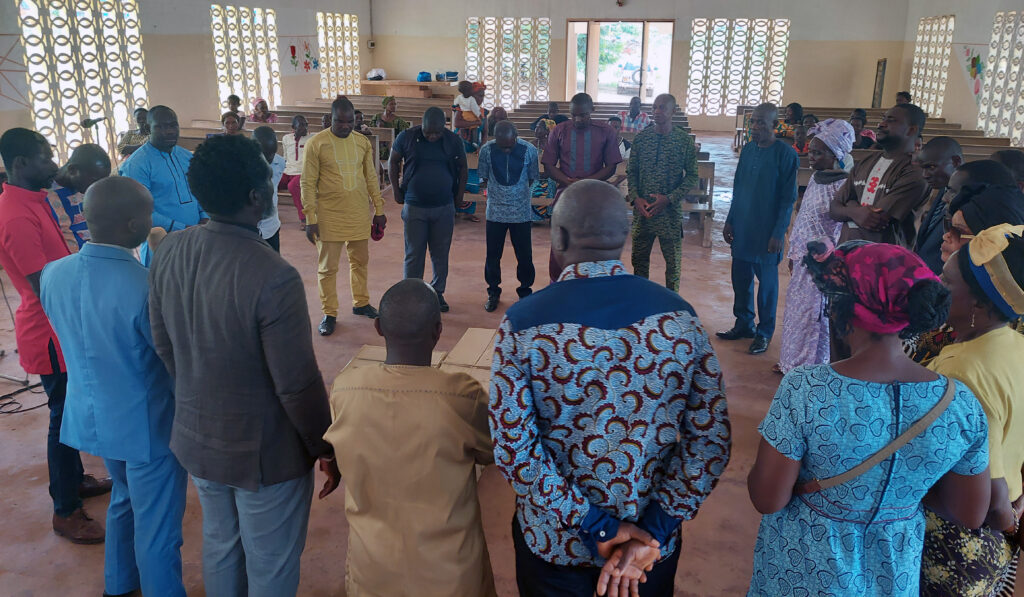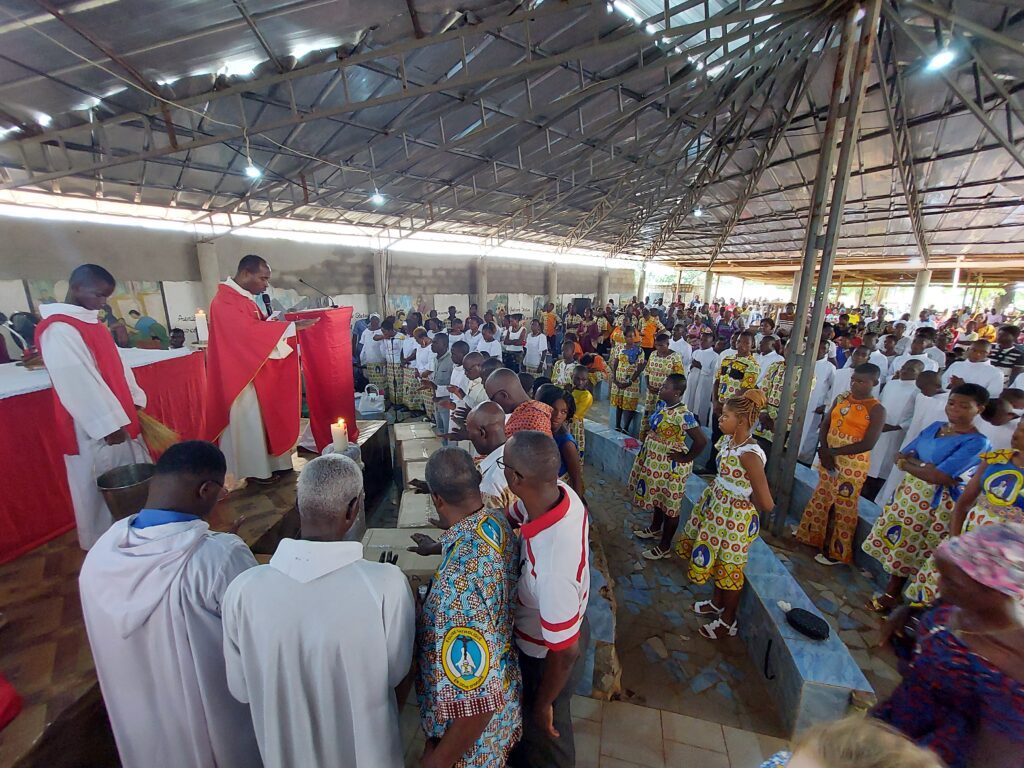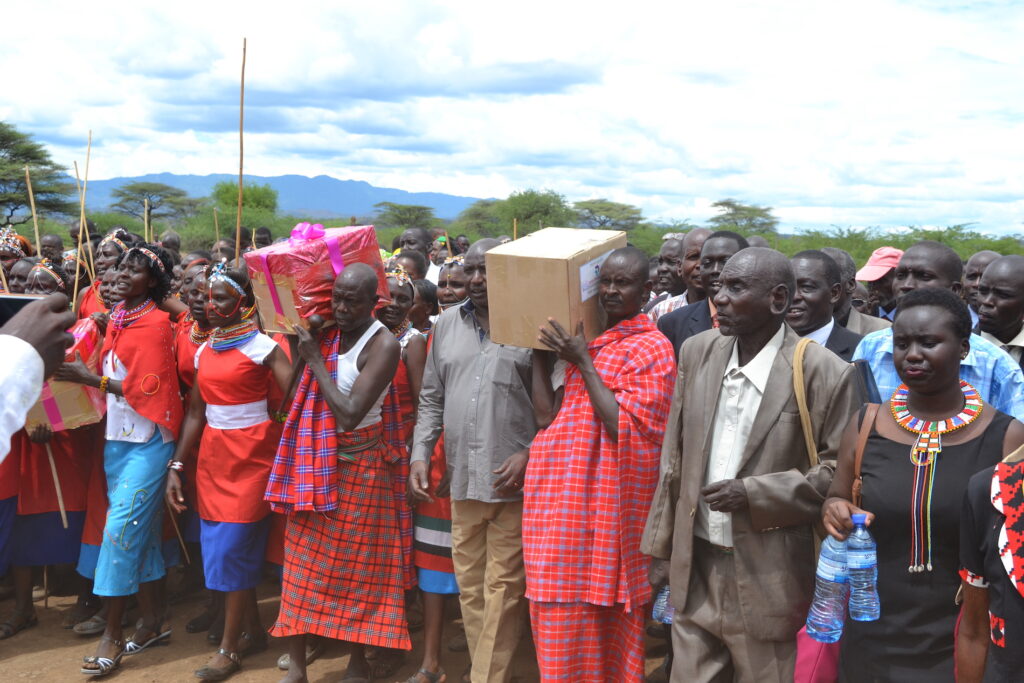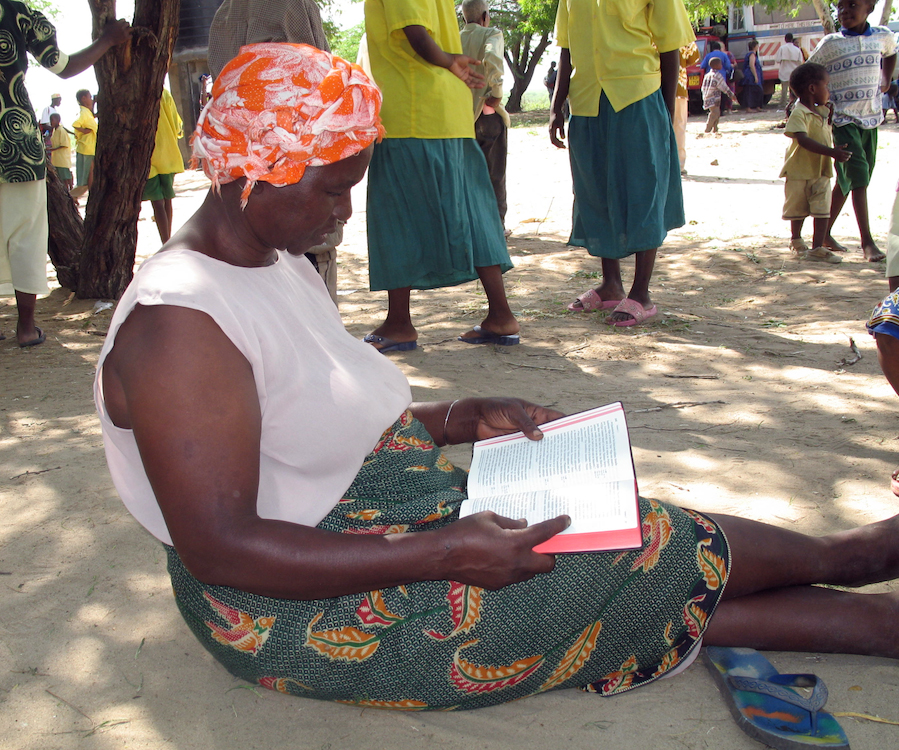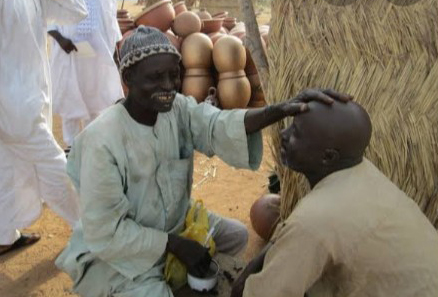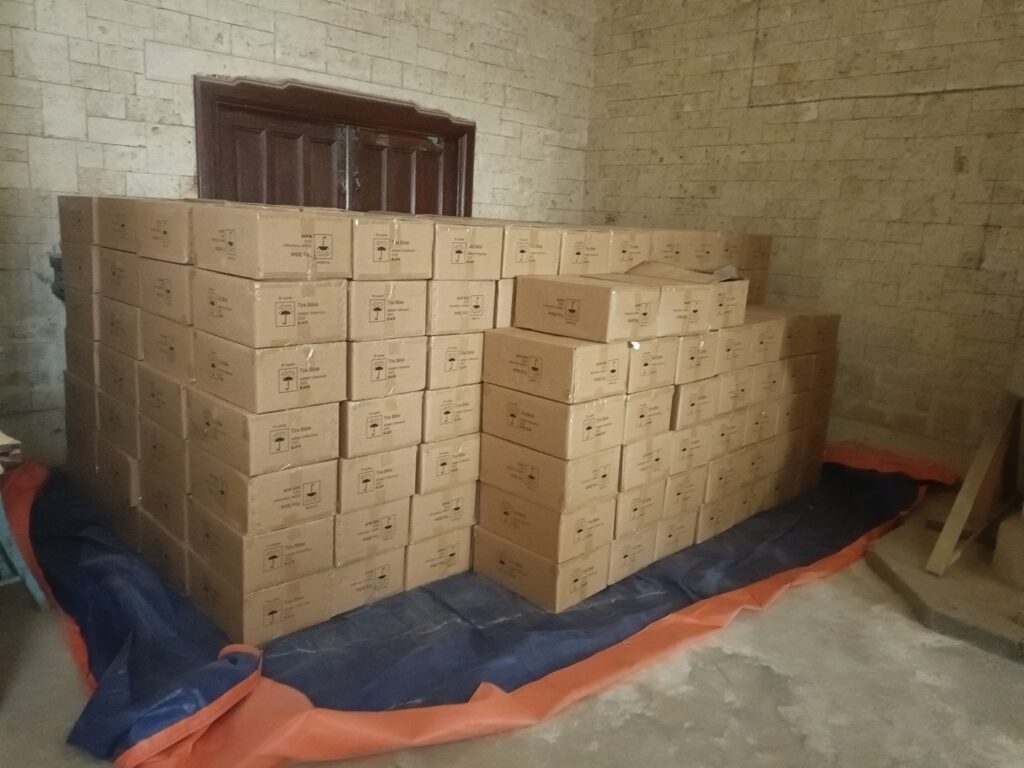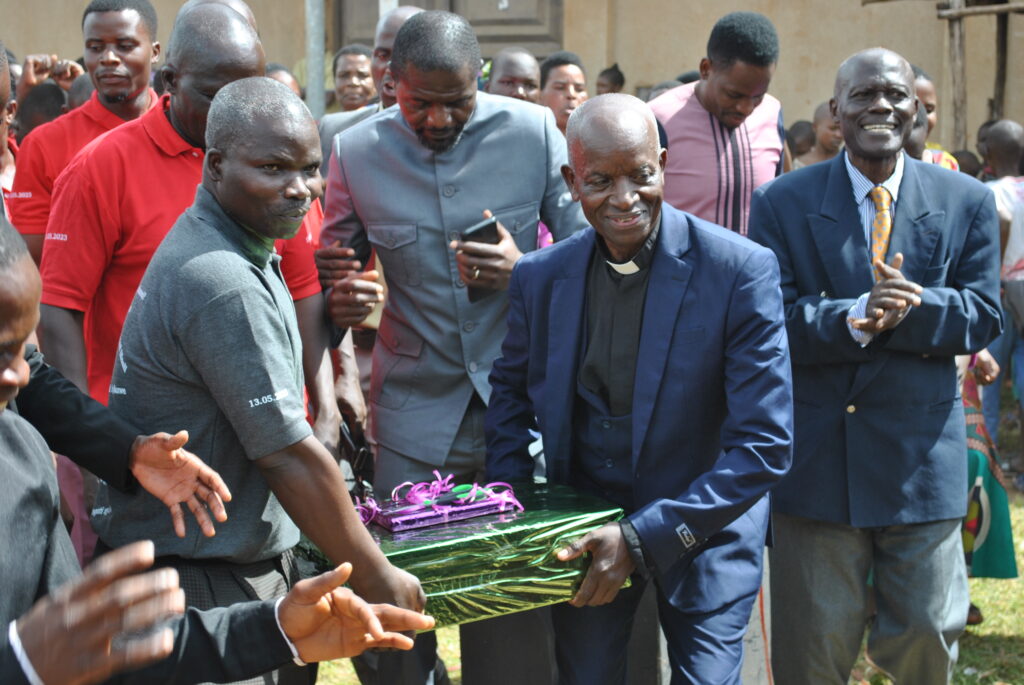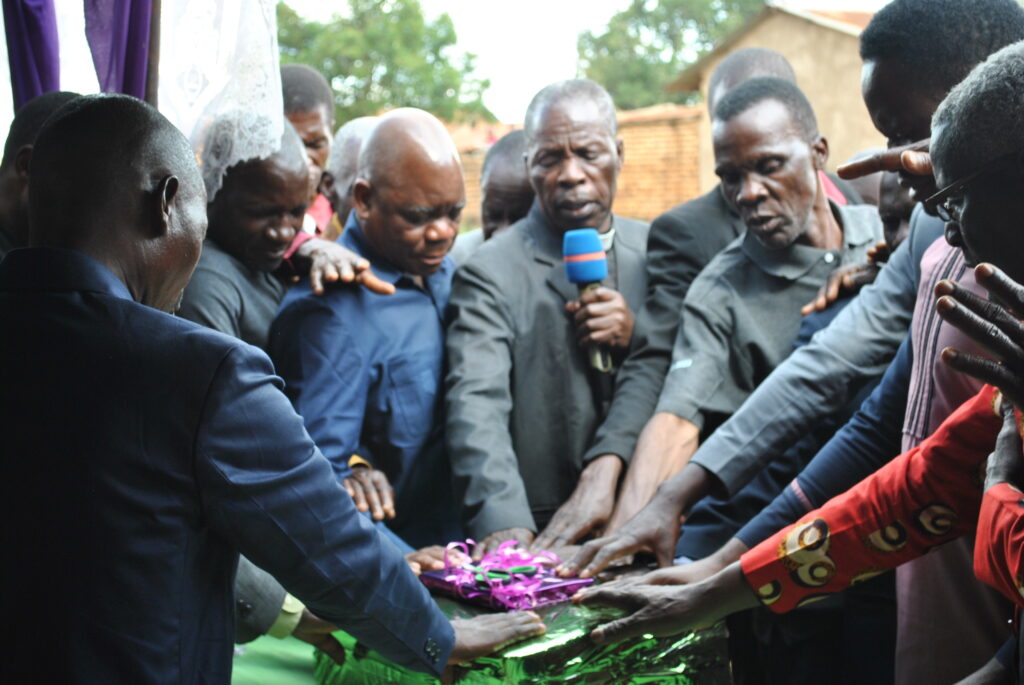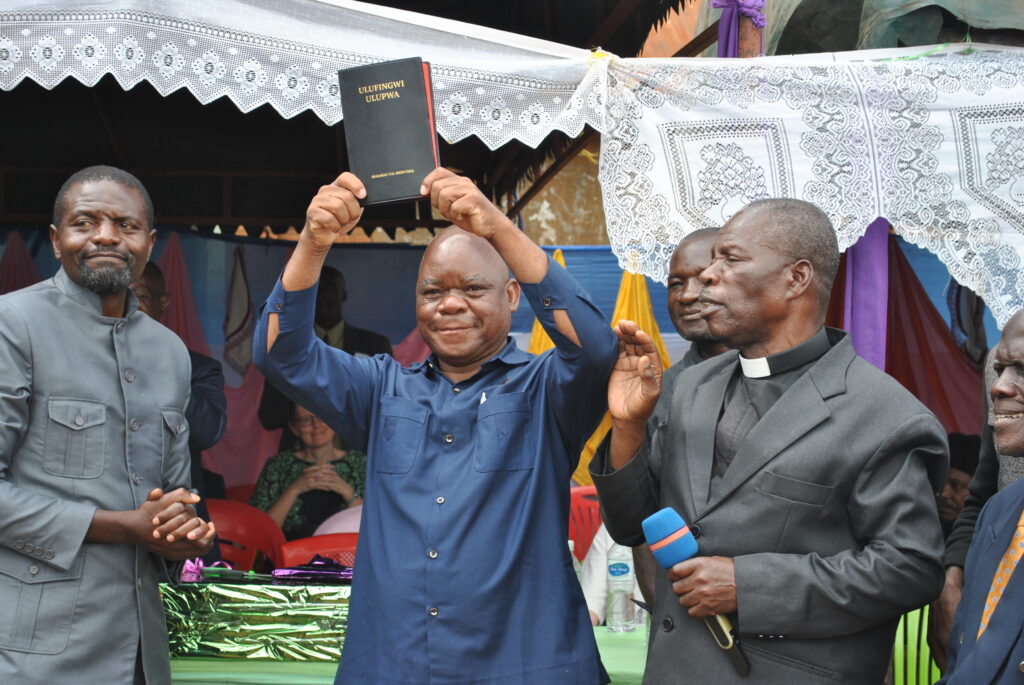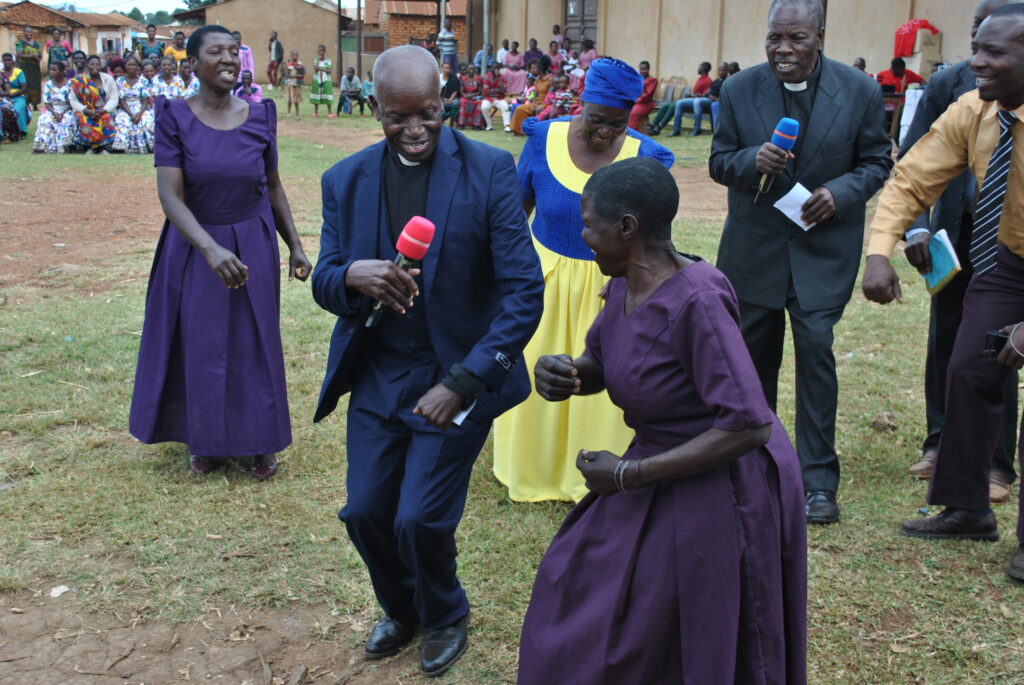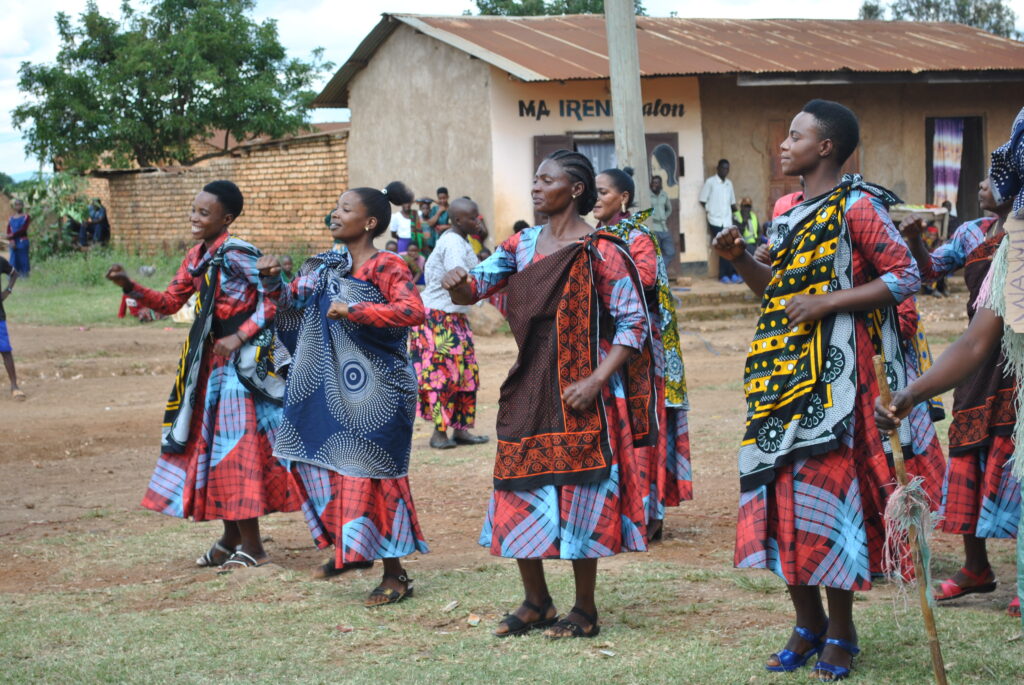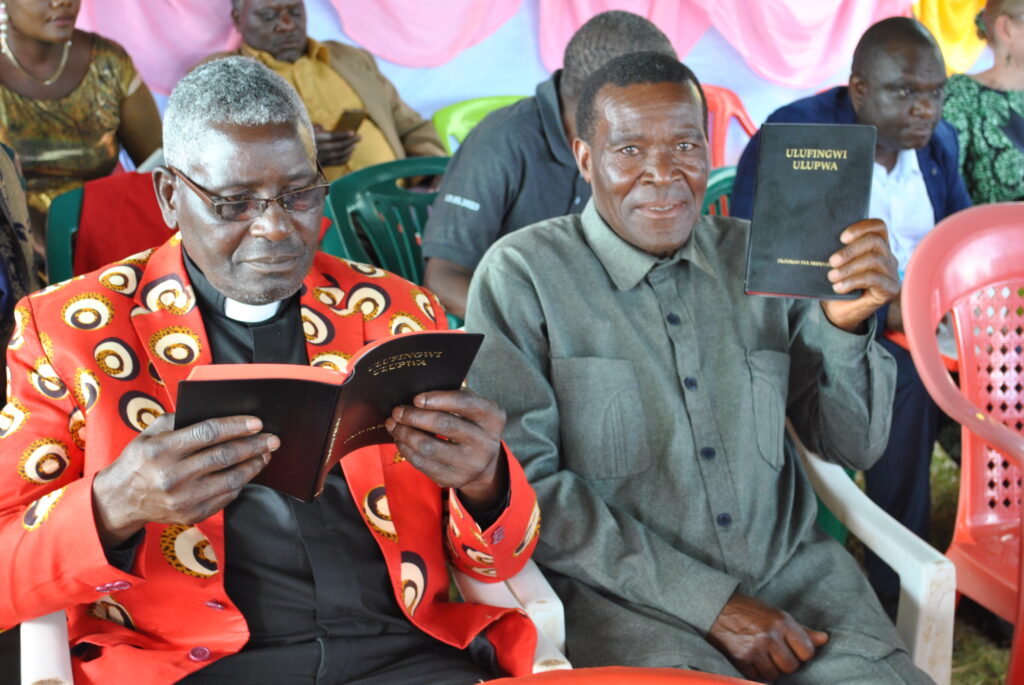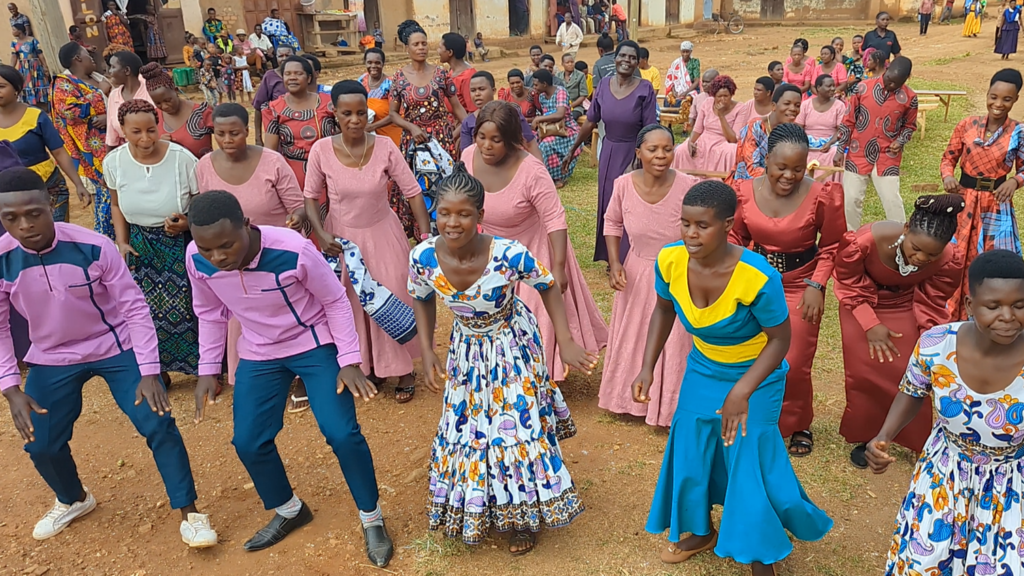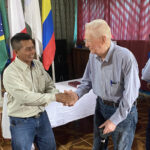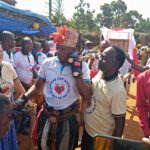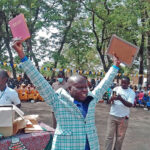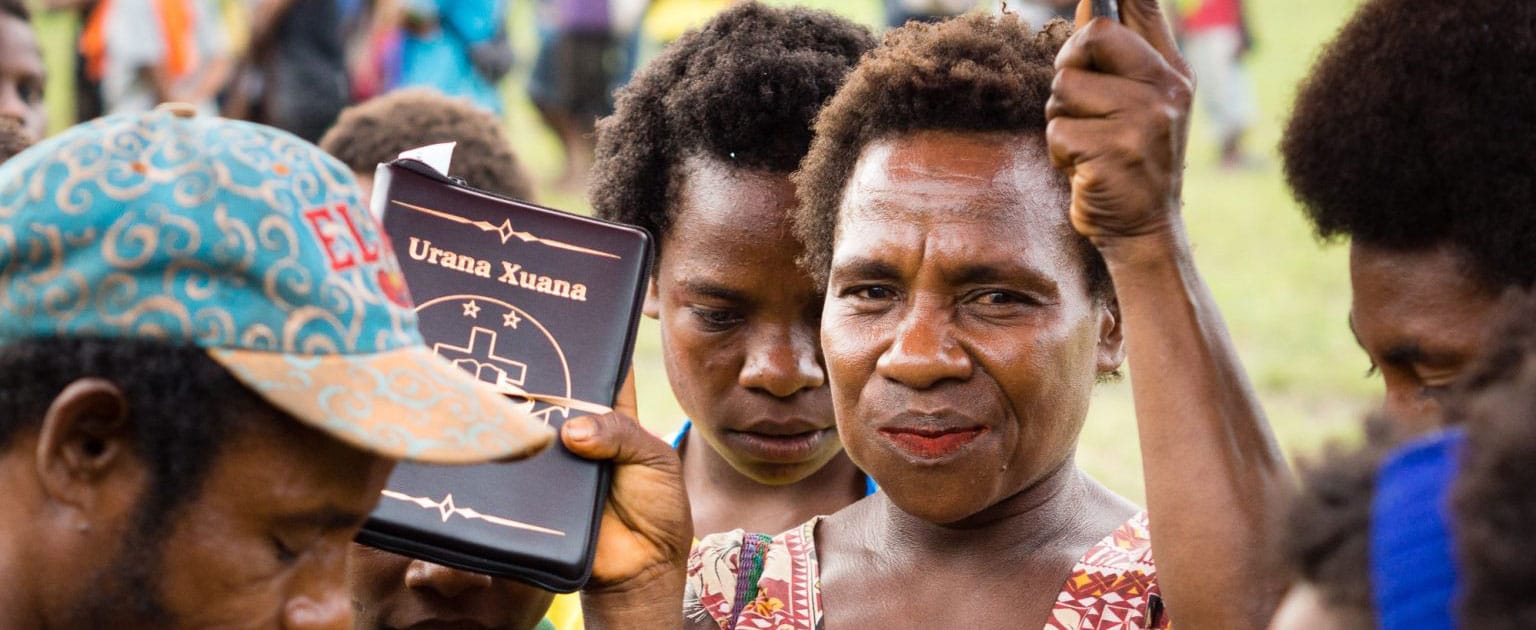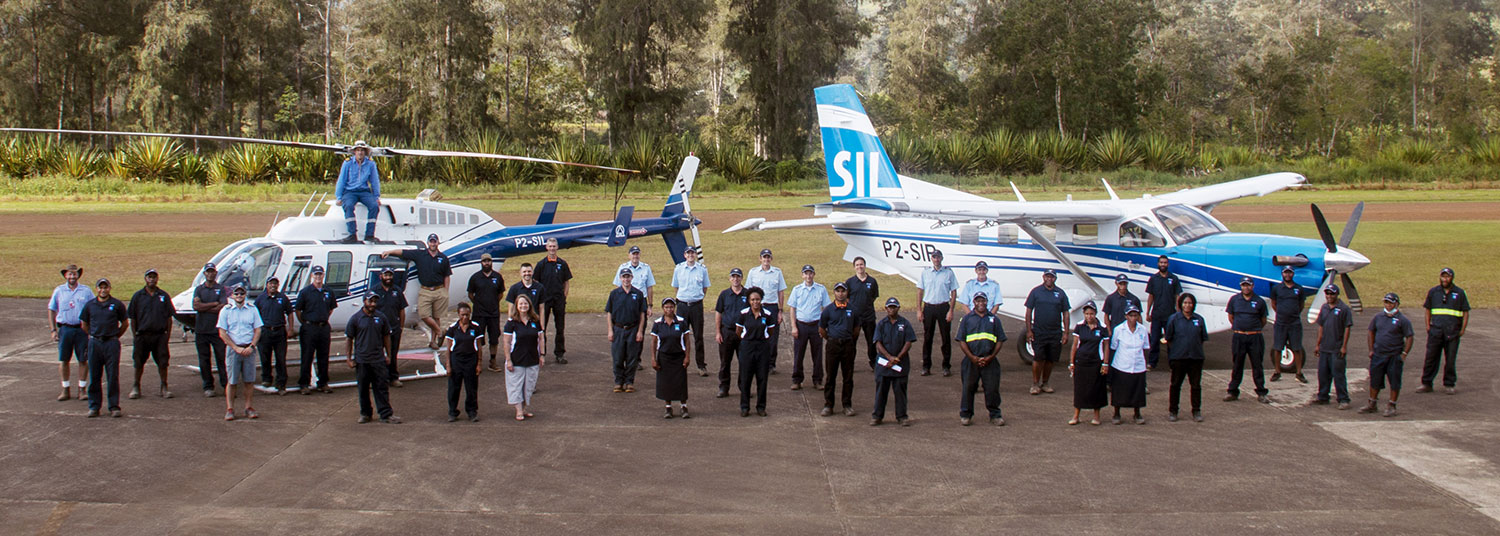Flood
The roaring noise that sounded like a jet engine had nothing to do with aviation, but it signaled huge problems for our team in Indonesia.
It was 9 p.m. and raining hard on Saturday, March 16, 2019, but that’s pretty normal. We like the sound of rain on our tin roof and we get to listen to lots of it—117 inches per year. But we became aware that something was different that night when we heard what sounded like a jet engine roaring to the west of us. We live on a bit of a hill (thankfully) and, with umbrellas in hand, we walked to the edge of it in the dark. We were shocked to see (and mostly hear since it was dark) the creek below raging through the valley. The ten-foot-wide creek with houses all along the edge had become a quarter-mile-wide torrent of angry water carrying with it 150-foot-tall trees and car-size boulders.
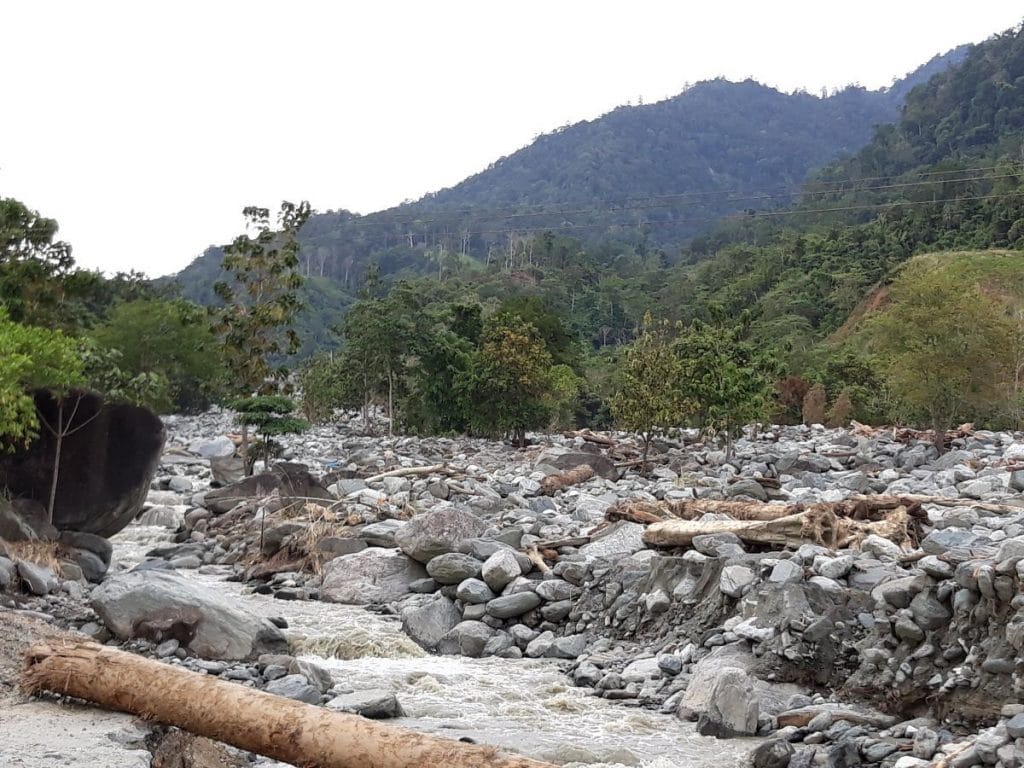
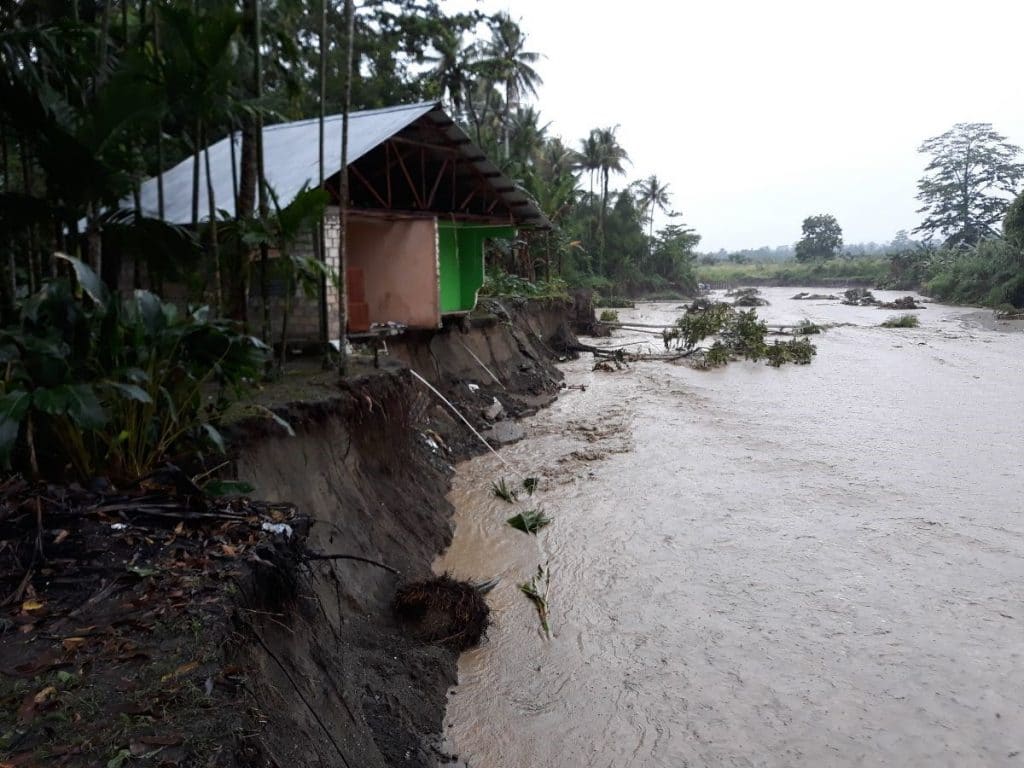
Raging rivers cut new paths overnight and obliterated thousands of houses, displacing 13,000 people.
Soon people came scrambling up the hill with nothing but the shirts on their backs and their babies in their arms. About a dozen of our Papuan neighbors stayed in our house for the night. The power was out, but we had candles, blankets, and a roof over our heads. And there was no river running through the house. Blessed!
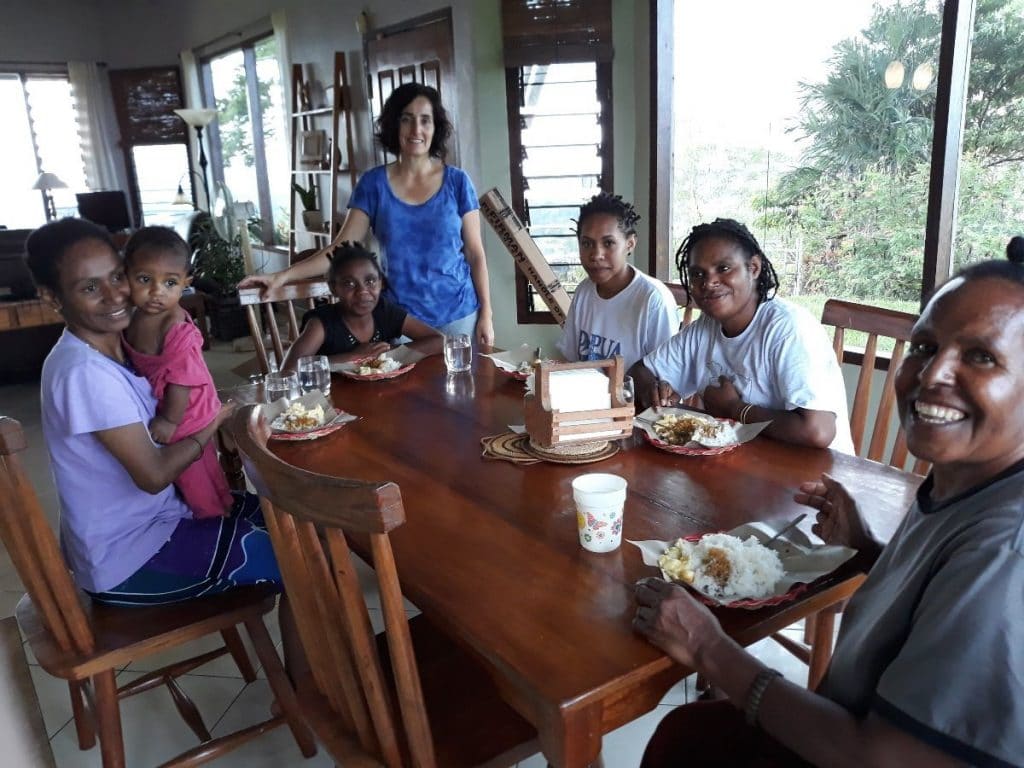
Refugees also poured into the translation and training office next door to us until the crowds swelled to about 1,800 people. The library, multipurpose room, offices, and sheltered walkways were teeming with people escaping the raging torrents in the valleys on both sides below and the downpour of rain from above.
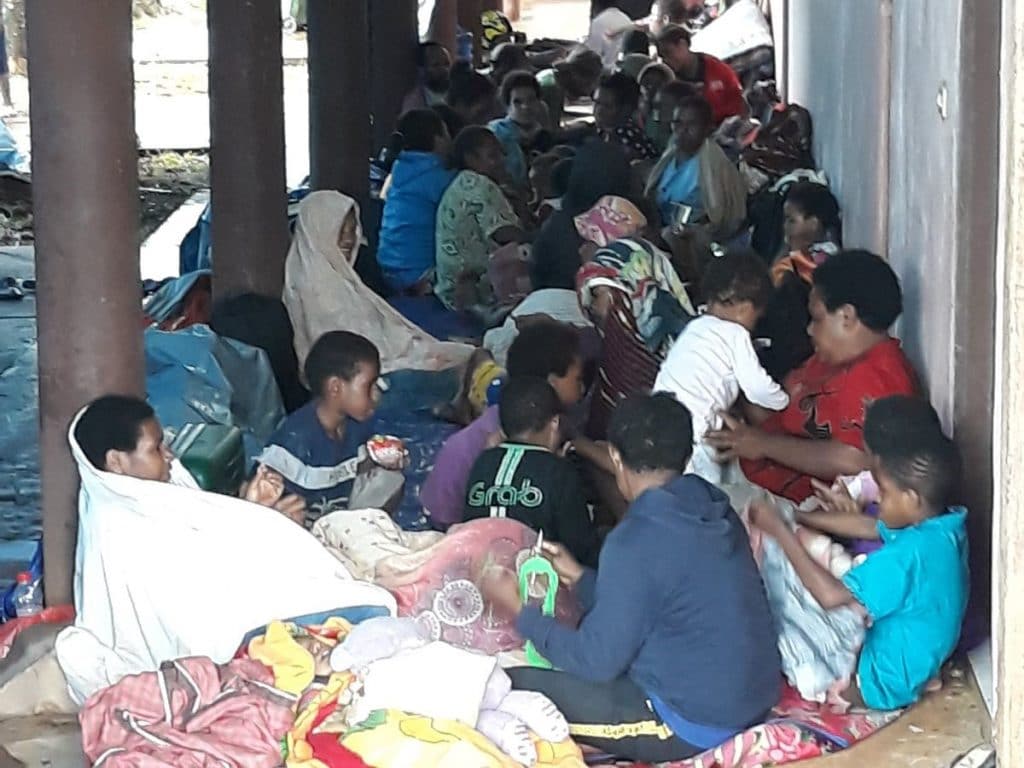
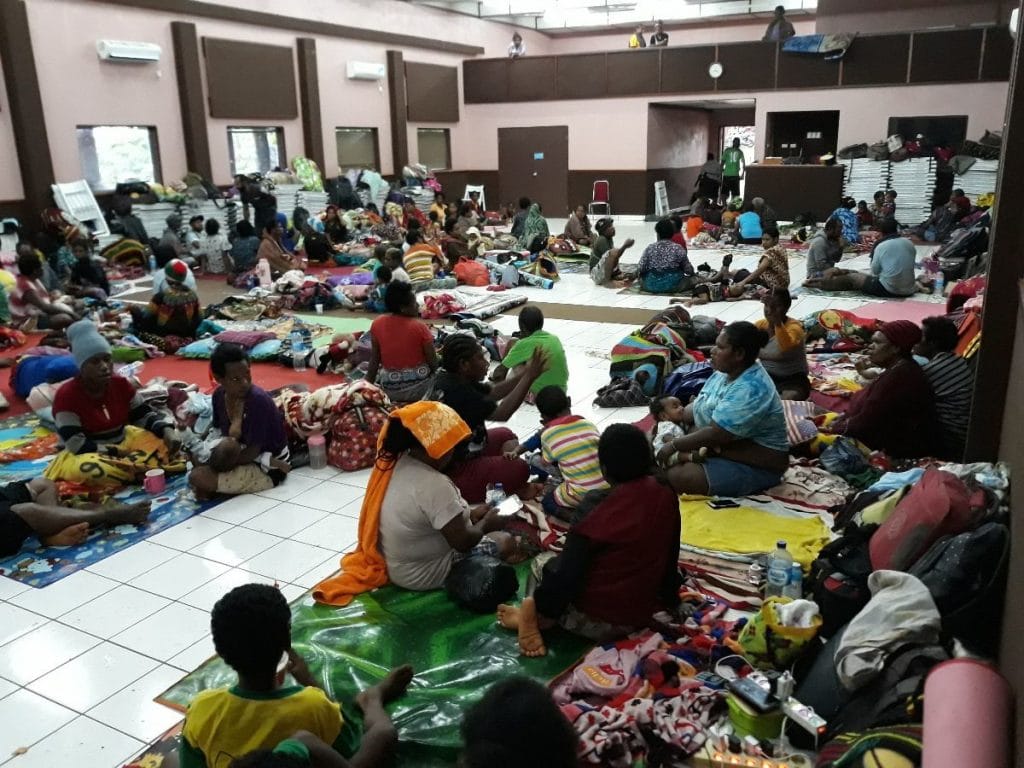
Our neighboring tribal chief told me that he heard a roar in the dark. He fled his wooden house to higher ground, then watched a wave “like from the ocean” pick his whole house up, turn it 90 degrees, and set it down to float for a bit. Then the torrent washed the whole thing away never to be seen again.
Another neighbor was escaping through chest-deep water with a young daughter in each arm. He was broadsided by a log floating down and lost his grip on both girls. They found one body. The other was never found.
Twelve of our Wycliffe families were displaced by the flood. One family spent the night in their attic with their two young girls because the water was halfway up their windows.
A translator family was already sleeping and woke up when something thumped on their wall from outside. They looked out to discover a car floating down in the flood had run into their house. Time to evacuate!
Two Wycliffe families actually spent part of the night on their tin roof in the rain with their small kids because the water was rising above the windows in their house.
In the end, around 104 Papuans lost their lives, 97 are still missing, and roughly 10 percent in our area (13,000) were displaced. The damage was catastrophic. The flood waters have no mercy, carrying rocks and boulders that knock down everything in their path. In recession the waters leave behind thick deep mud. Like quick sand.
The flooding was caused by rainfall of at least ten times the normal rate of rainfall, but it’s difficult to know for sure because our rain gauges only go to six inches and they overflowed the first two nights. The heavy rains continued every night for four days with massive landslides coming off of the mountain above and repeated flooding. Every now and then a pause for a quick cry was in order, and then I was off running again.
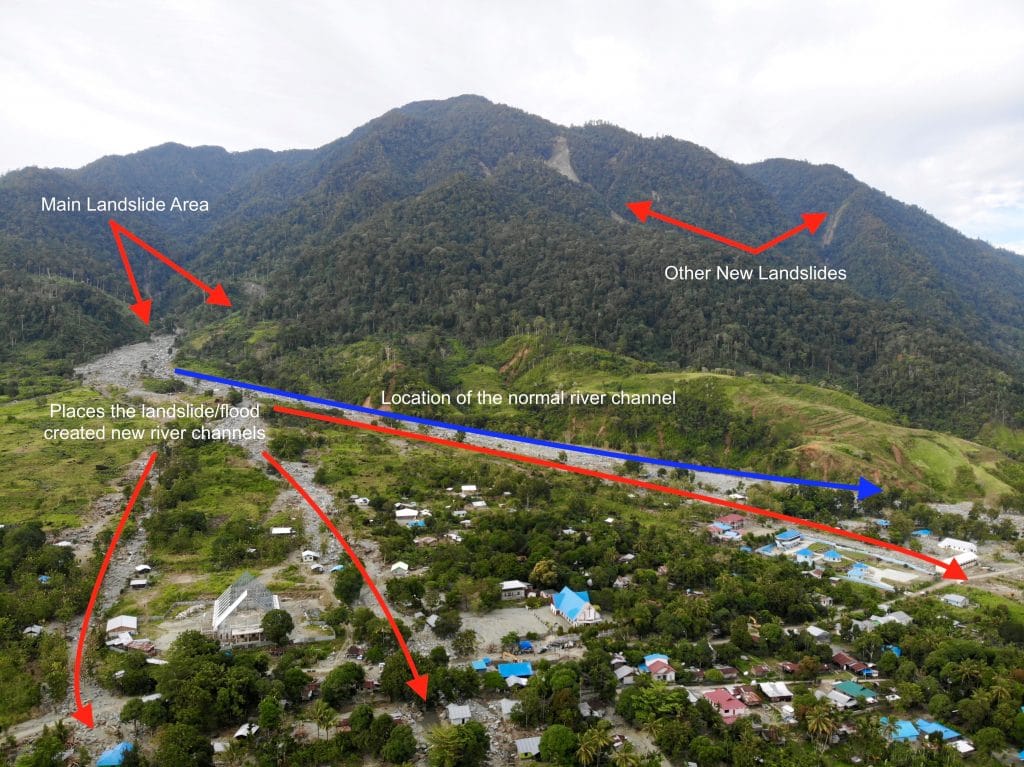
We became first-responder rescue workers—not exactly in our training or experience—and it turned out to be quite a ride! Susan became point person for organizing kitchen work. The road to our place was washed out and flooded in multiple places, so we had to ride out on a fairly hairy motorcycle trip to bring the first load of food up. Her team cooked the first two meals in one kitchen. Over the next three days she expanded the number of kitchens from one to three to nine and then over 30 as she began to hand over the cooking work to the refugees themselves.
The logistics of caring for 1,800 people are staggering when one considers food, running water, drinking water, electricity, toilet facilities, managing receiving and distribution of donations, and medical care. I focused on keeping the generator at the office complex running (the utility power was off for three days), keeping bathrooms functioning, setting up kitchens with stoves and gas, keeping the water running (that was the hardest task for sure), and running all kinds of errands.
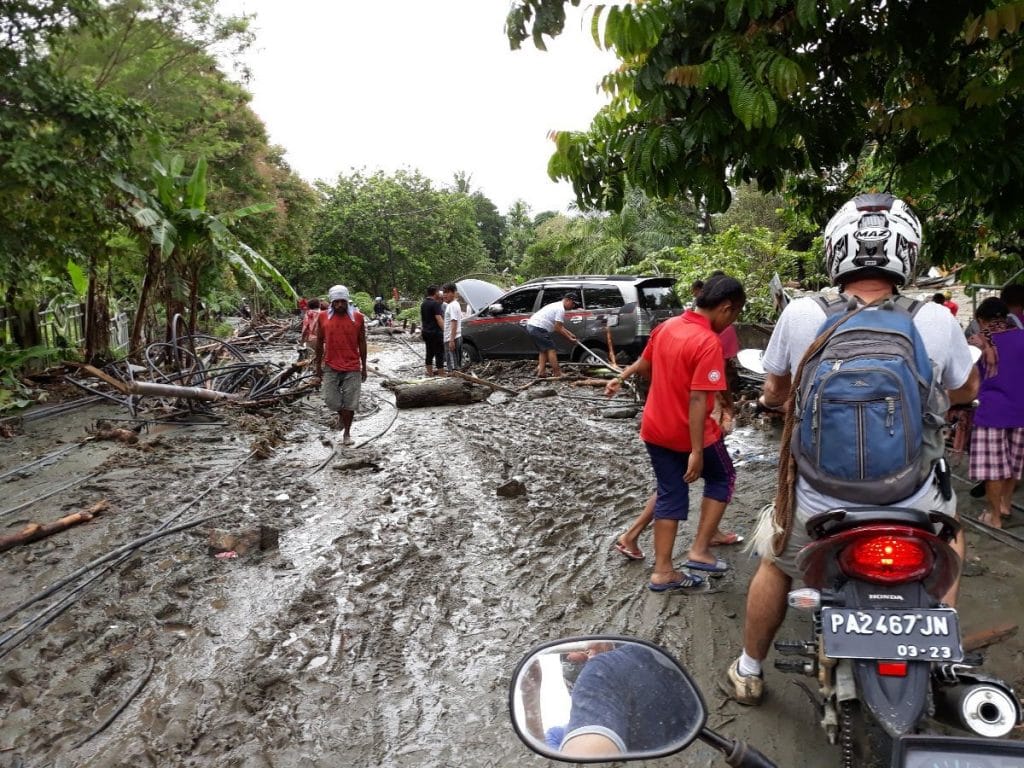
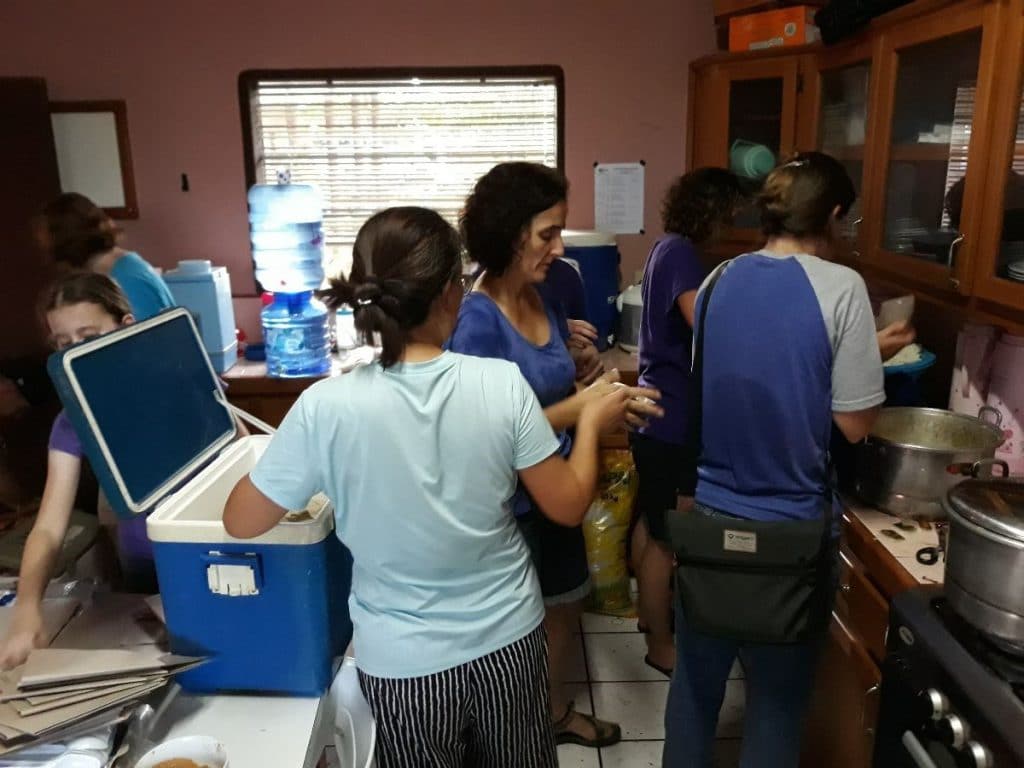
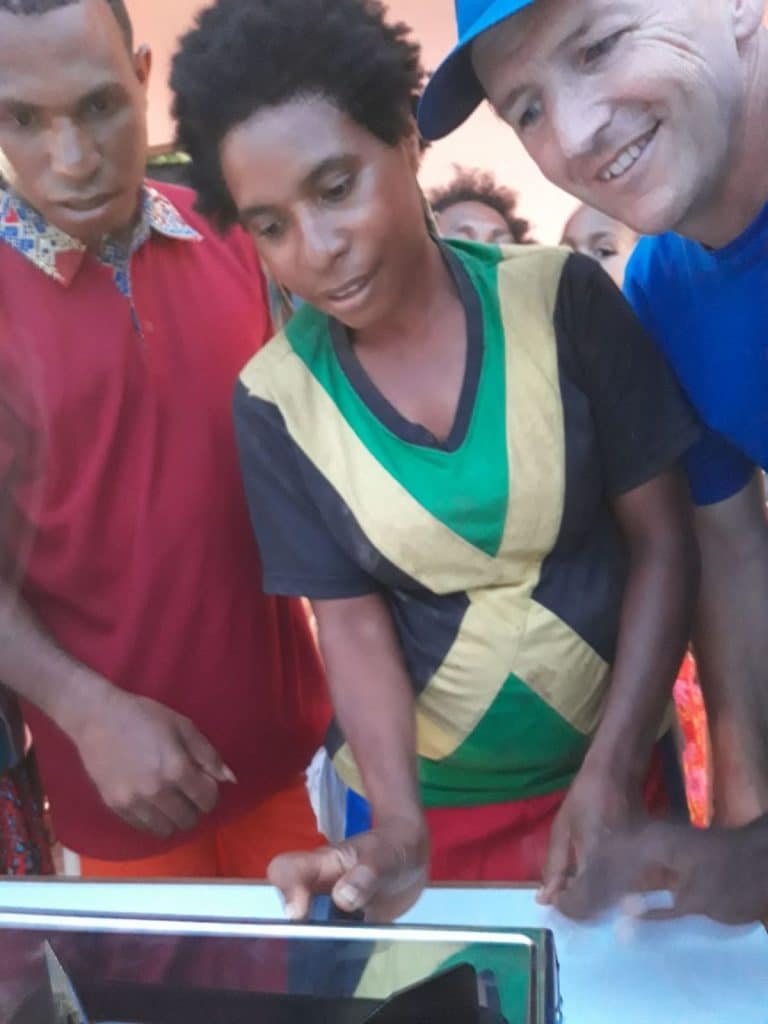
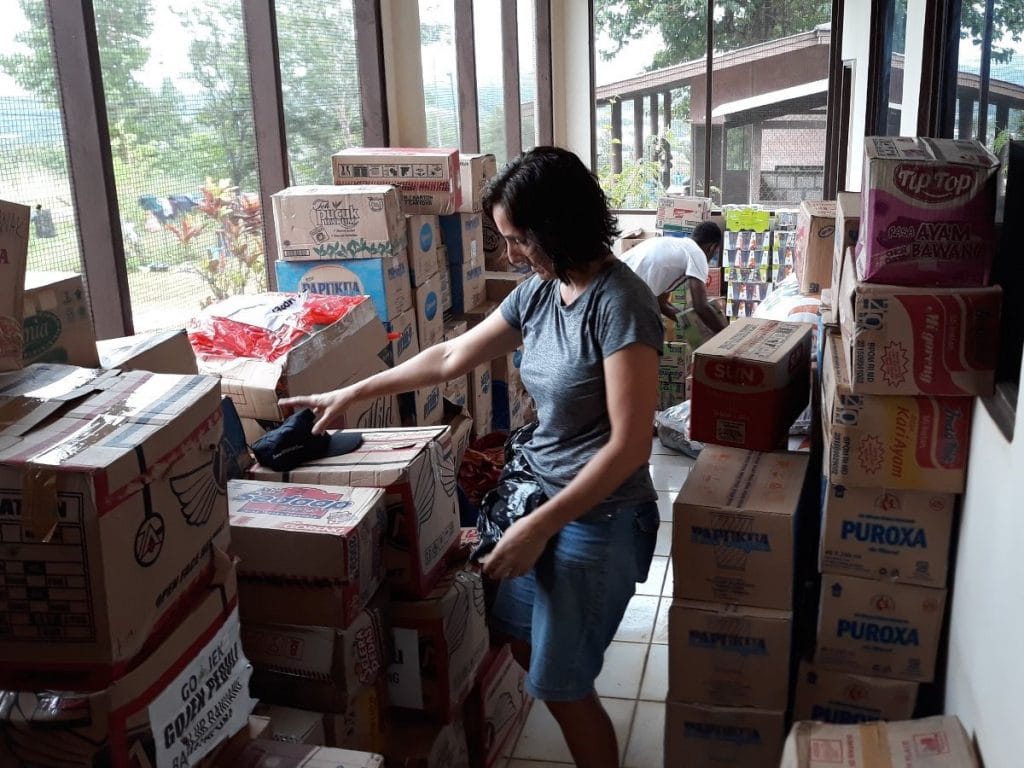
On day three, about nine of us guys had a team-building day bar none: we pulled seven cars out of the mud over the course of two days. We used boards, shovels, straps, cables, a high-lift jack, and my 1980 Toyota Landcruiser. It was fairly technical, difficult, and muddy! What could be more fun than that? They were all buried up to the axles in mud, with water lines nearly to the top of the engines. Even once free of the mud, the cleanup was a big job requiring stripping the entire interior to get the mud out from under the carpet and out of the doors. Yuck!
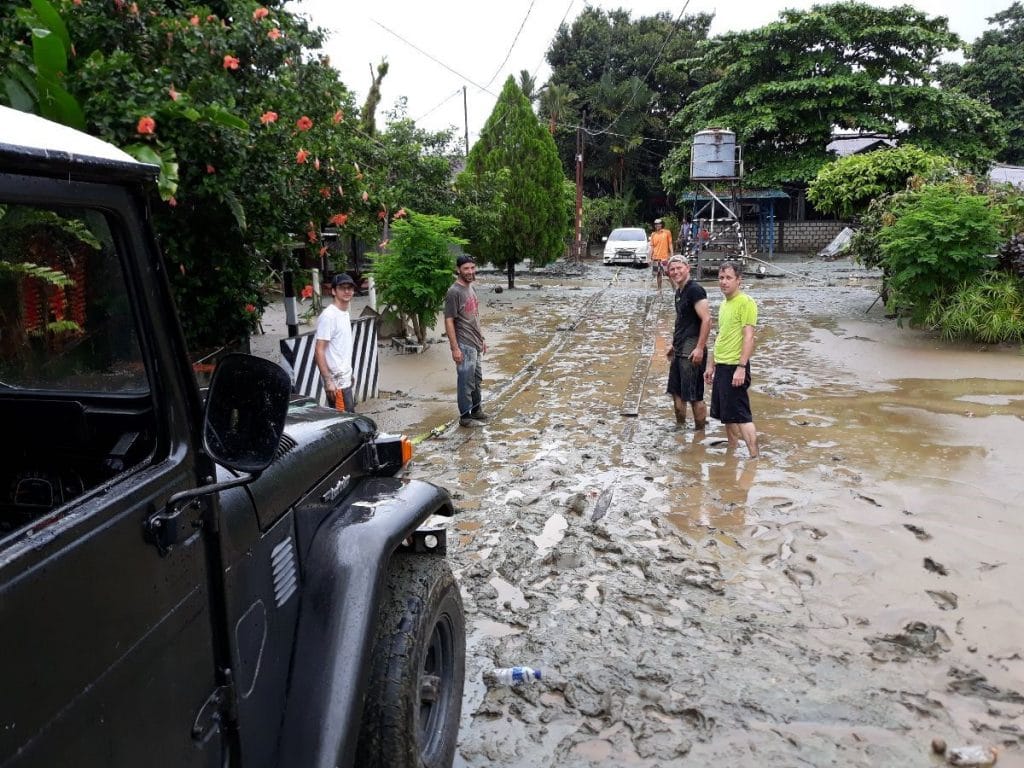
We helped care for the refugees for six days and then helped move them to a stadium with better and larger facilities. Our focus now is helping our friends clean out their houses, and overseeing trauma care. I’m back at work flying in the mornings then running errands and fixing things for people in the afternoons.
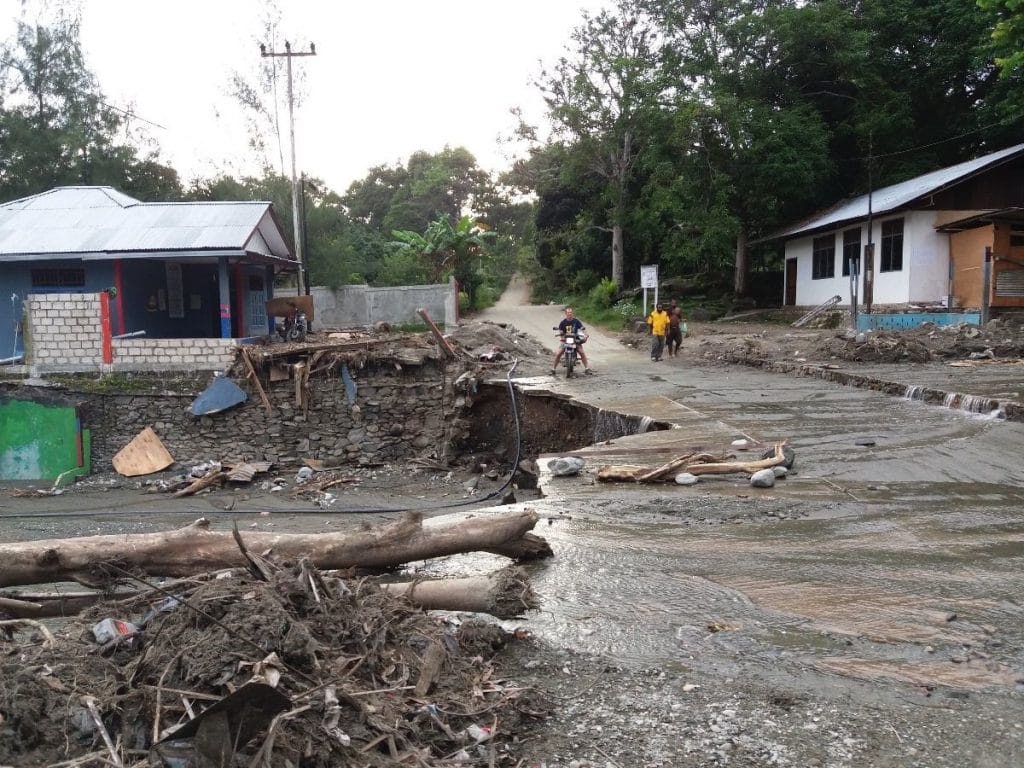
Please pray for:
- Peace and comfort for the refugees displaced by the flooding, both Papuans and missionaries
- Stamina daily as we face huge needs and overwhelming devastation
- Safety from disease borne by mosquitoes and dirty water everywhere
Read about one family’s scary experience and ongoing challenges resulting from the flood here.






